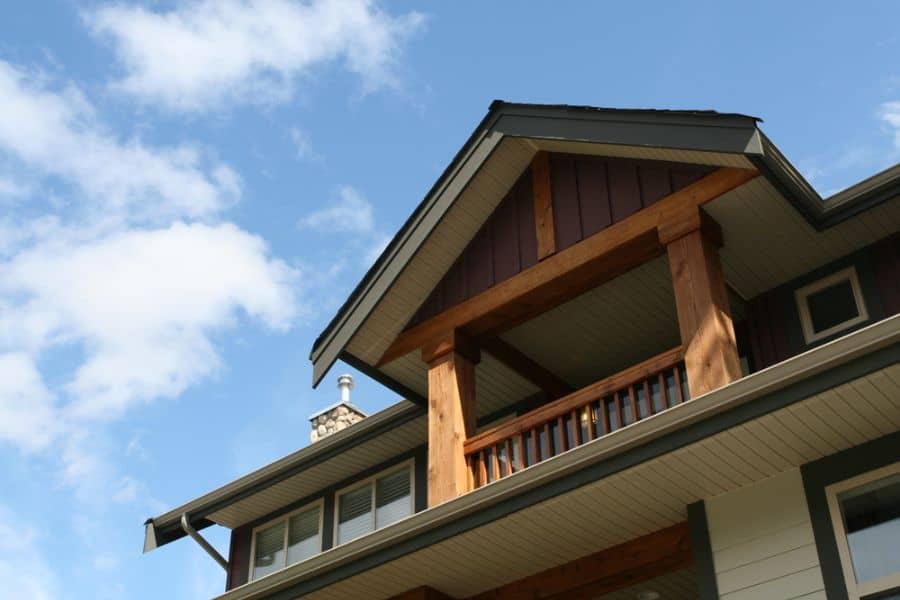
61 Craftsman Style Homes
Craftsman style homes are a classic Americana home design. With strong columns, simple forms, and local materials, Craftsman style homes are a popular yet pleasant design that you can find in any neighborhood.
The Craftsman style house plan originated in the early 20th century as a response to the Victorian movement. While the Victorian style embraced over-the-top and mass-produced features showcasing the ability of the Industrial Revolution, the Craftsman movement went in the direction of appreciating hand-crafted work.
While many love the craft in Craftsman homes, there are plenty of unique and individual styles under the umbrella term as you will discover below.
See more about - 91 Kitchen Layout Ideas
1. Exploring the Beauty of Bungalow Craftsman Style Homes
The Craftsman Bungalow house found inspiration in the Craftsman architecture of the Arts and Crafts movement in the early 20th century and the bungalow style house that originated in 18th century India. By combining these two ideas, these houses have become some of the most popular styles in American neighborhoods.
These houses are low and wide, often only a story or a story-and-a-half tall. If Craftsman Bungalow houses have your interest, incorporate details like local materials such as river rock, quarried stone, shingles, stucco, or even other kinds. Large covered porches are also quite common as well as fireplaces, exposed beams, wood-crafted bookshelves, and window seats inside.
Horizontal details are also very prominent. This style is not shy to exaggeration in columns, eaves, ceiling beams, window trim, and more. The Craftsman Bungalow style truly embraces locality as well as the individual by showing off hand-made creations.
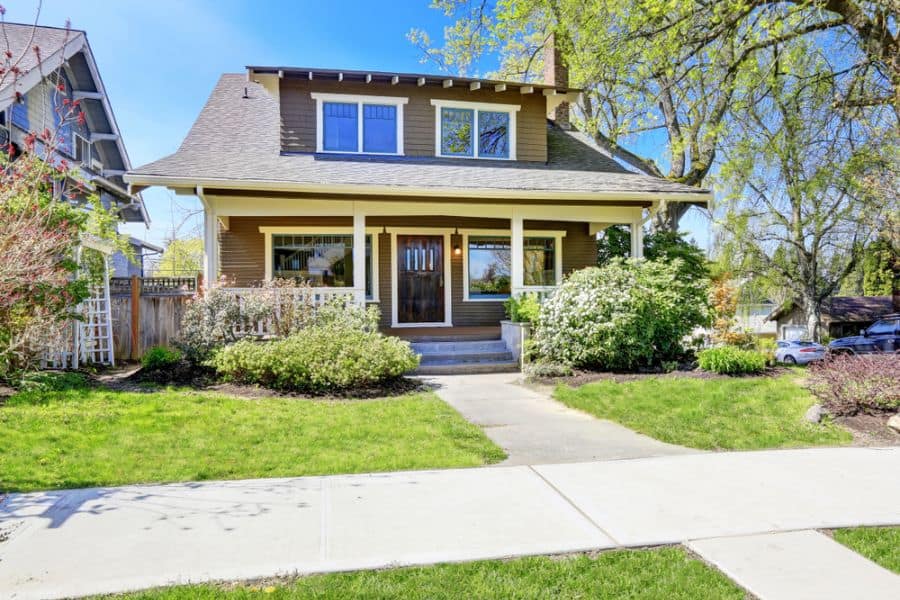

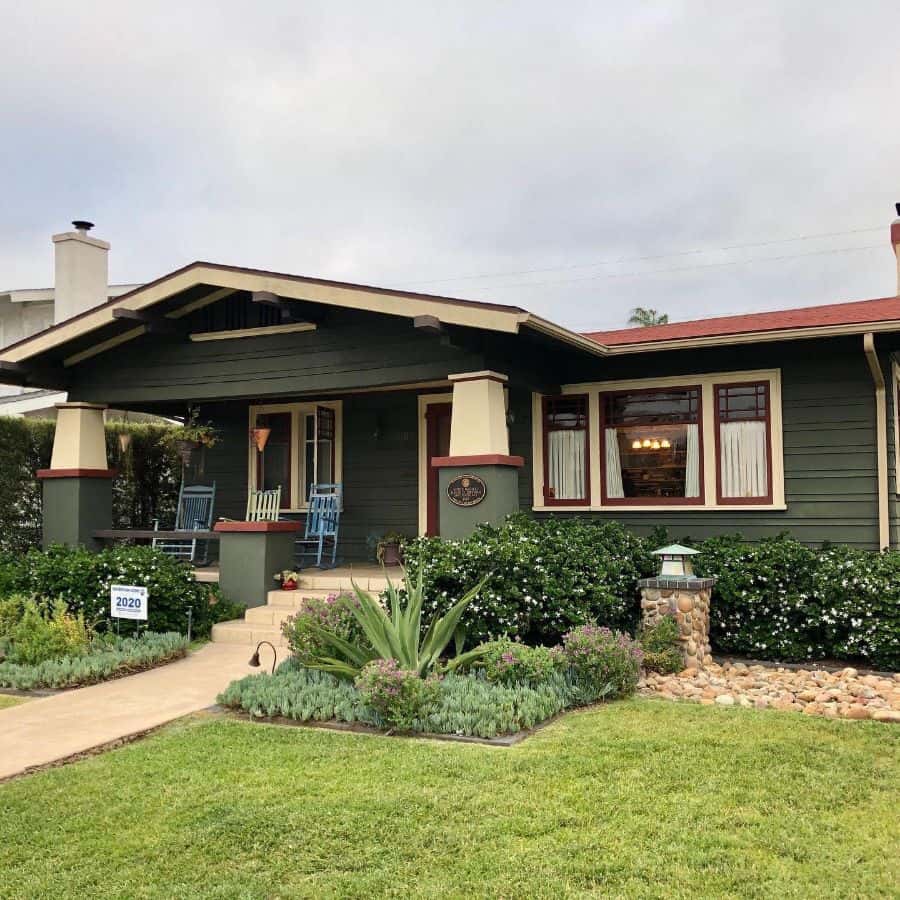
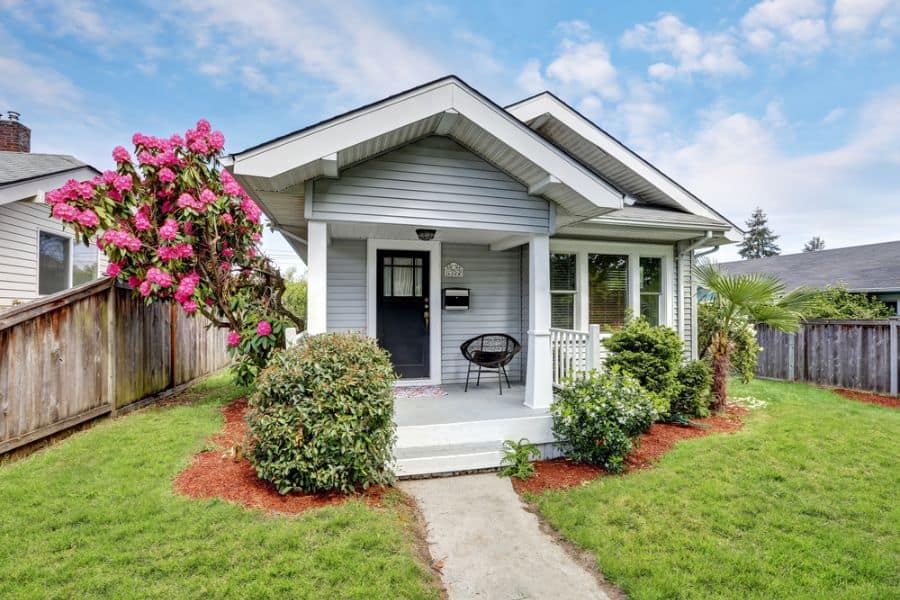
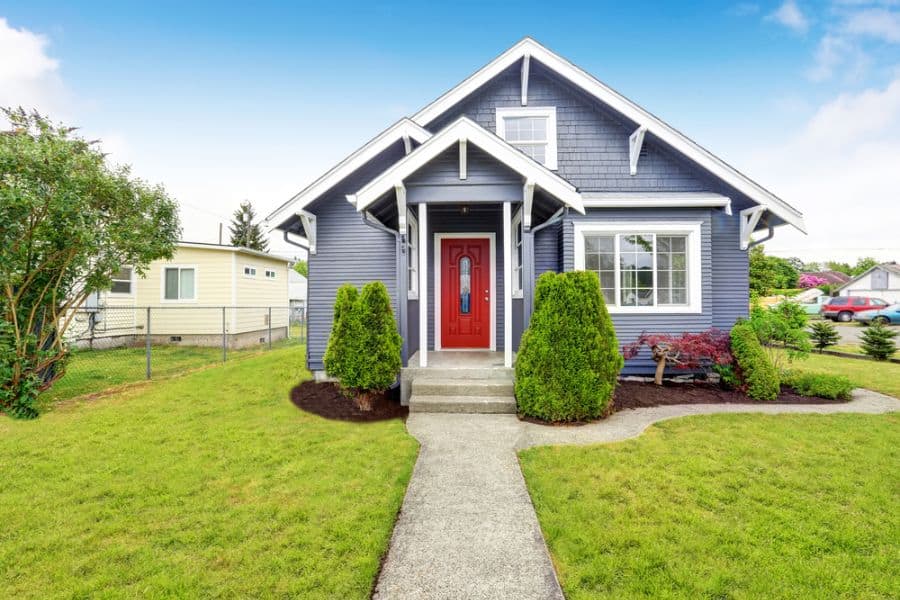
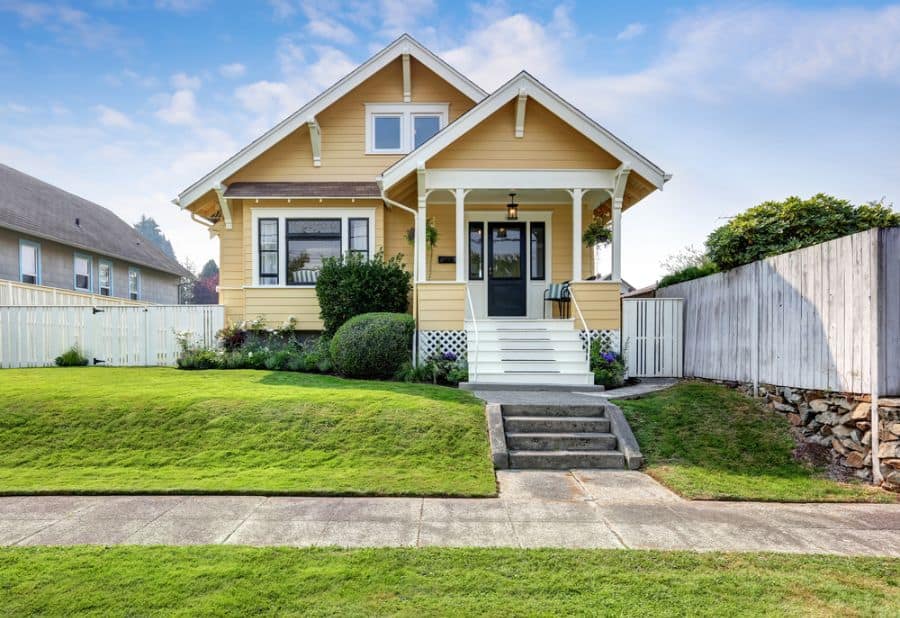
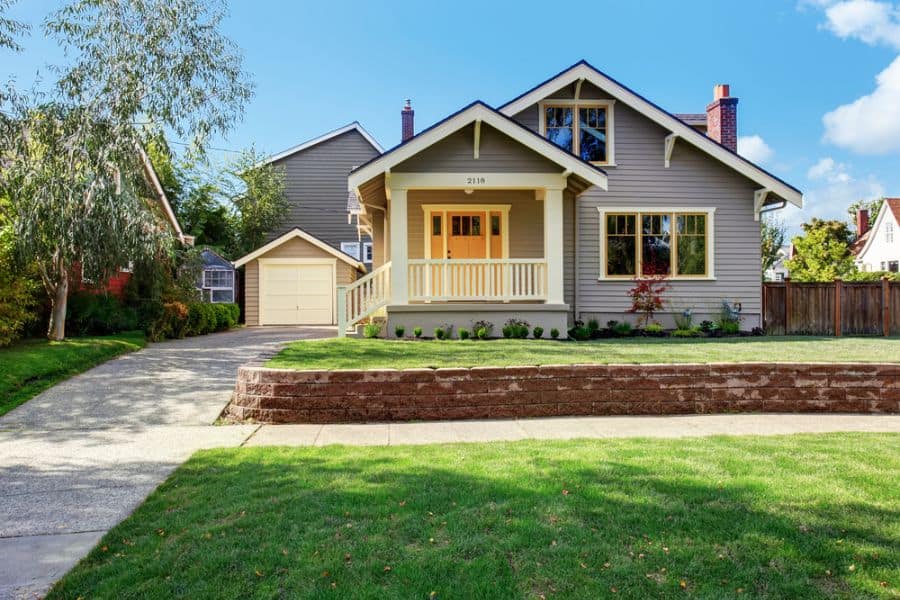
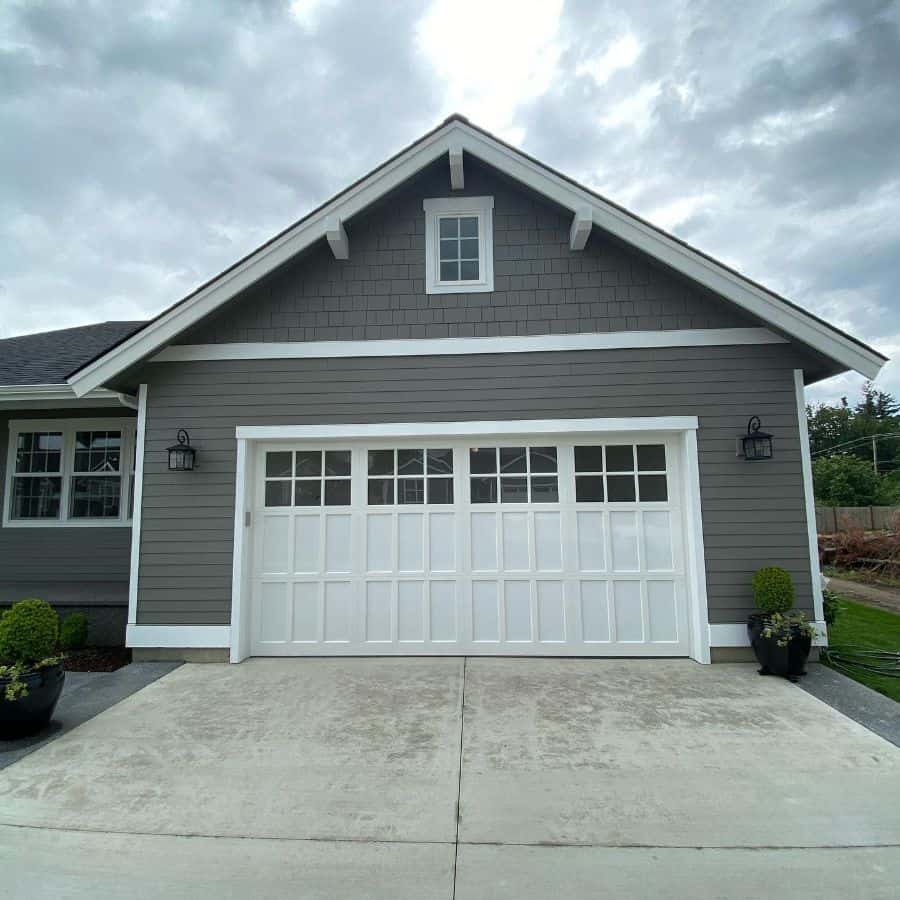
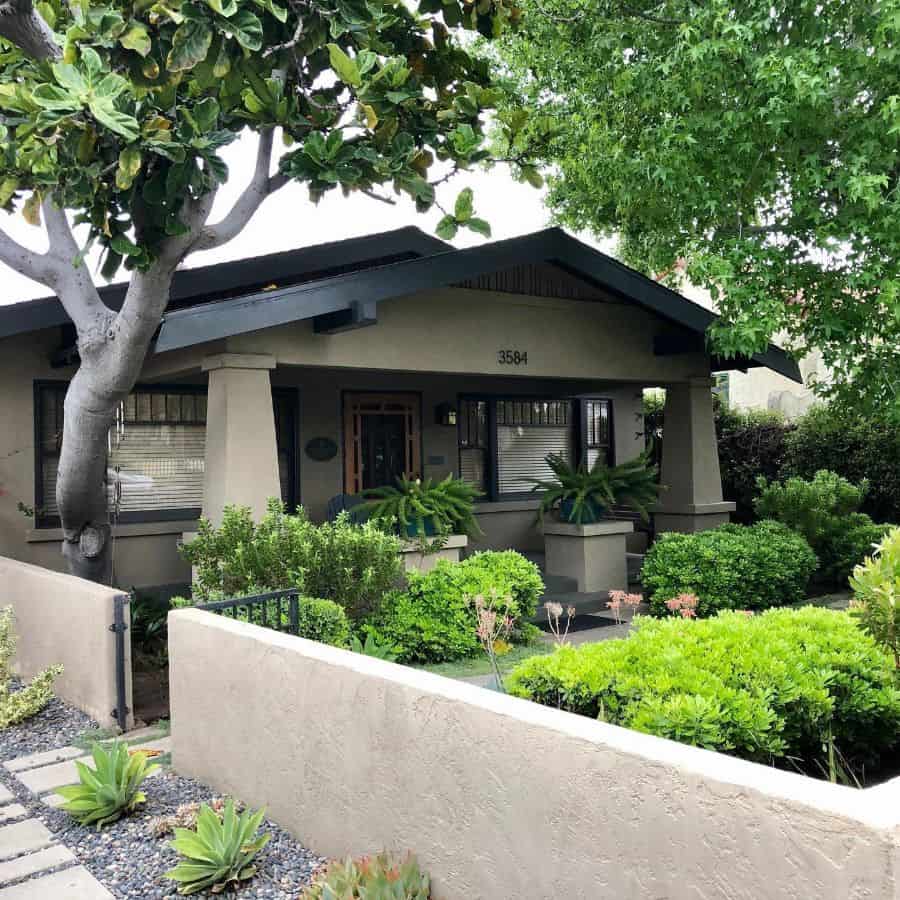
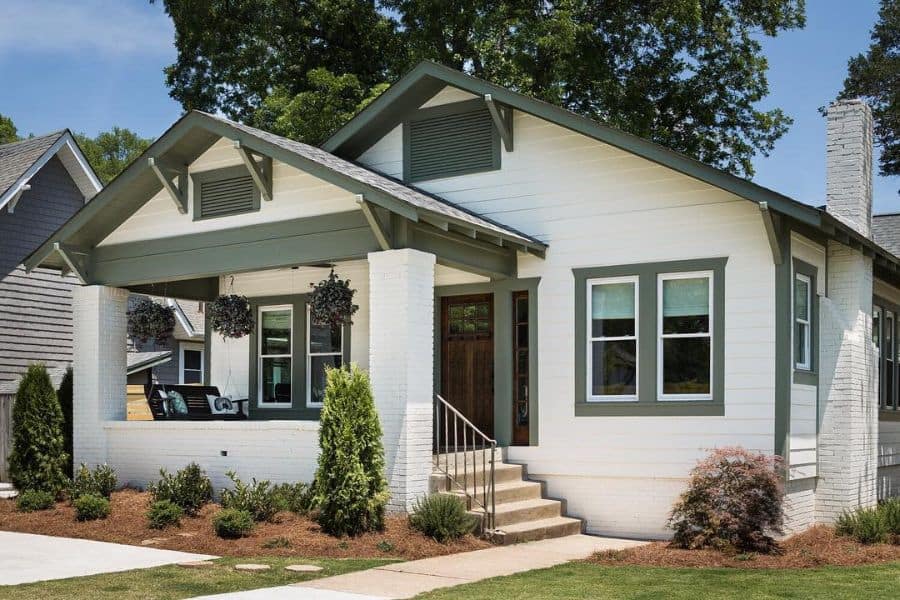
2. Captivating Characteristics of Classics
If you’re thinking of building or buying a classic Craftsman house, there are plenty of details to look into. This is true of both the outside and interior.
On a large scale, Craftsman homes often have a very low design, around one floor or a floor-and-a-half in height. On the exterior, many Craftsman homes have covered porches, deep overhanging eaves, a hip or gabled roof, exposed rafters, and prominent horizontal details like beams or columns.
On the inside, the architecture includes exposed beams, fireplaces, and wood and ironwork. You can consider the house’s design an open floor plan with few hallways and small rooms that center around the kitchen. Both the interior and exterior can use a variety of local, natural materials beyond wood or iron, such as stone, brick, or stucco.
The interior design aesthetic continues this appreciation for the land and simple details such as earthy paint tones like browns and greens and cozy, minimalist furniture.
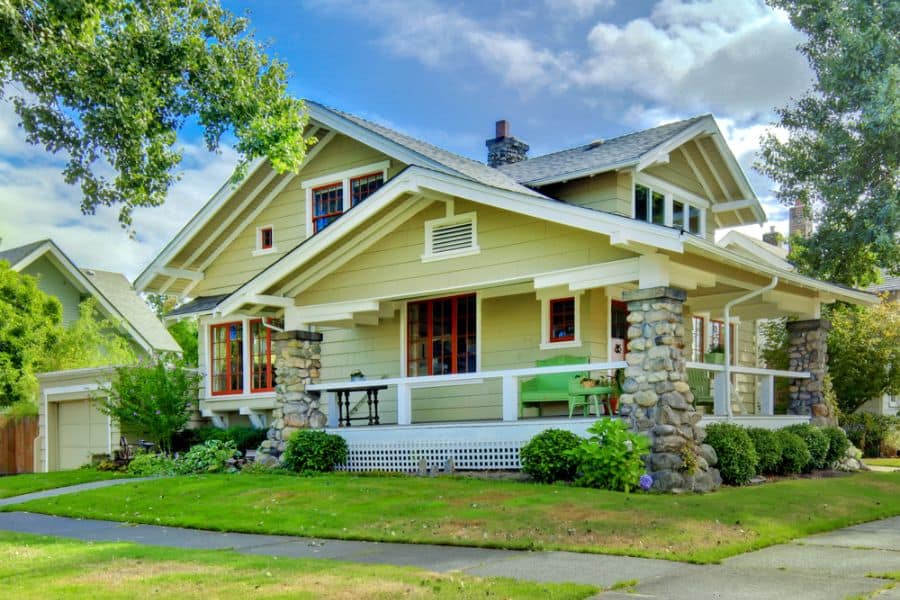
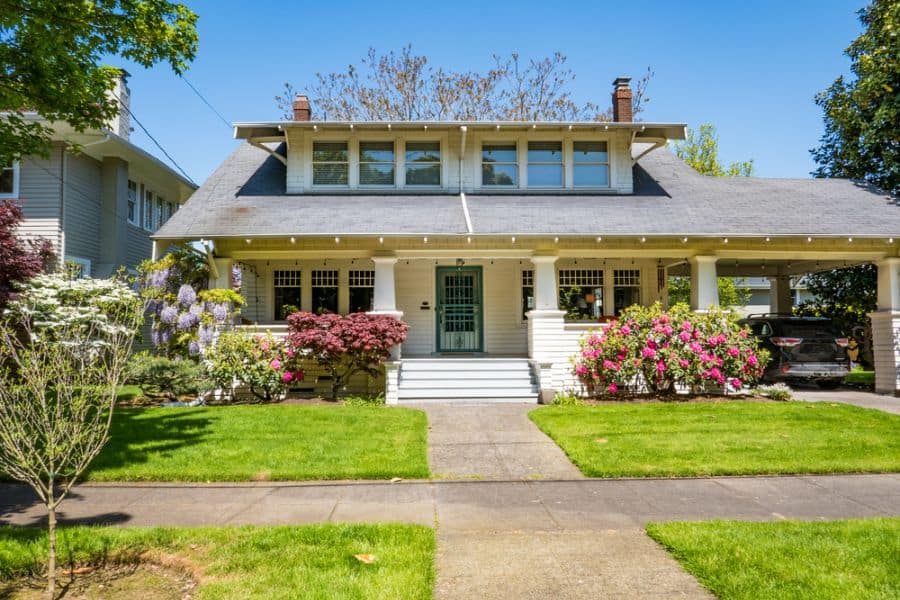
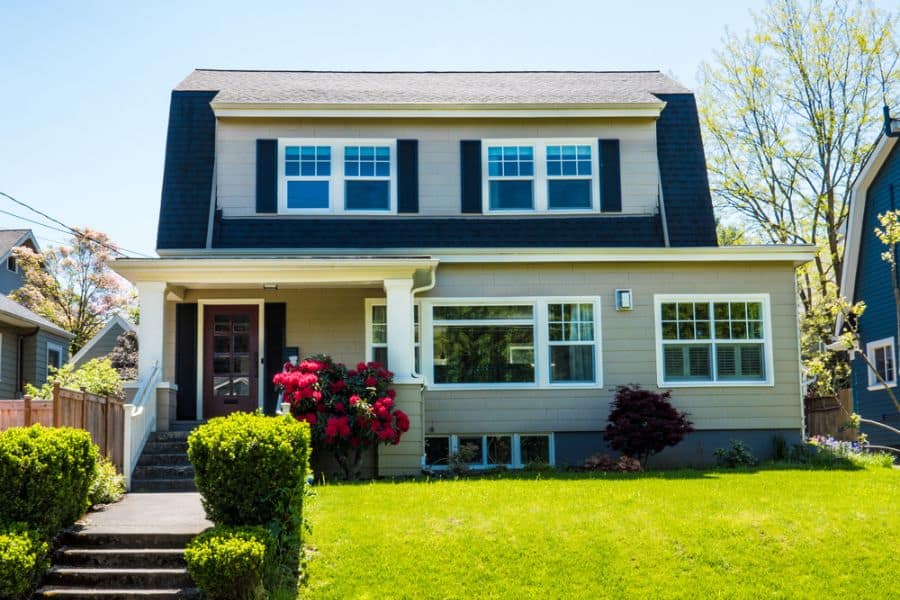
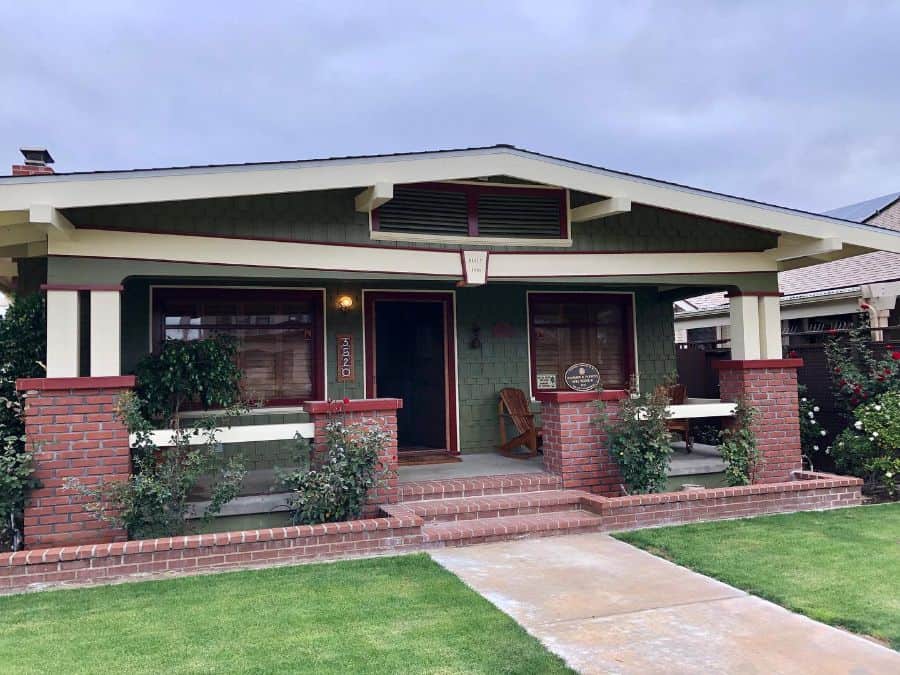
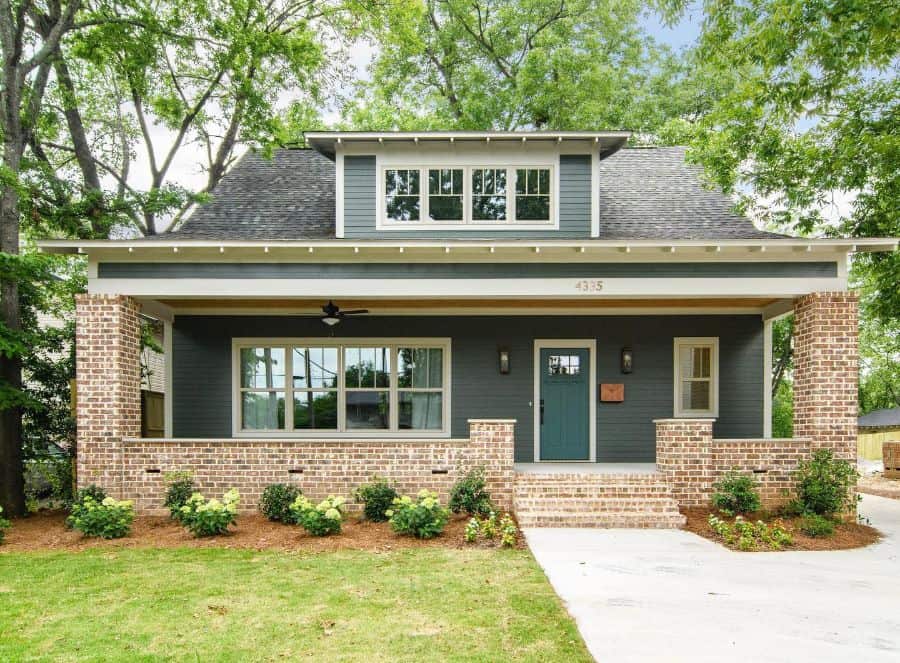
3. Inspiring Column Ideas
Columns help the house stand tall and firm. They can also be charming details that give your home’s exterior personality. While columns are a consistent feature with Craftsman homes, feel free to incorporate or renovate some that are of a less-traditional design.
Porch columns do not have to stop at only being wood. Other materials such as fiberglass, aluminum, brick, stone, or iron can make an excellent porch column. There are also plenty of options for column design, including Doric columns with fluted sides and smooth tops, Egyptian tapered columns, feature details like leaves or horizontal rings, and Corinthian columns shaped like upside-down bells.
However, it is important to remember that if you use wood–especially hollow wood–for your columns, it must be properly cared for or it may attract termites, moisture, or other weather-related problems.

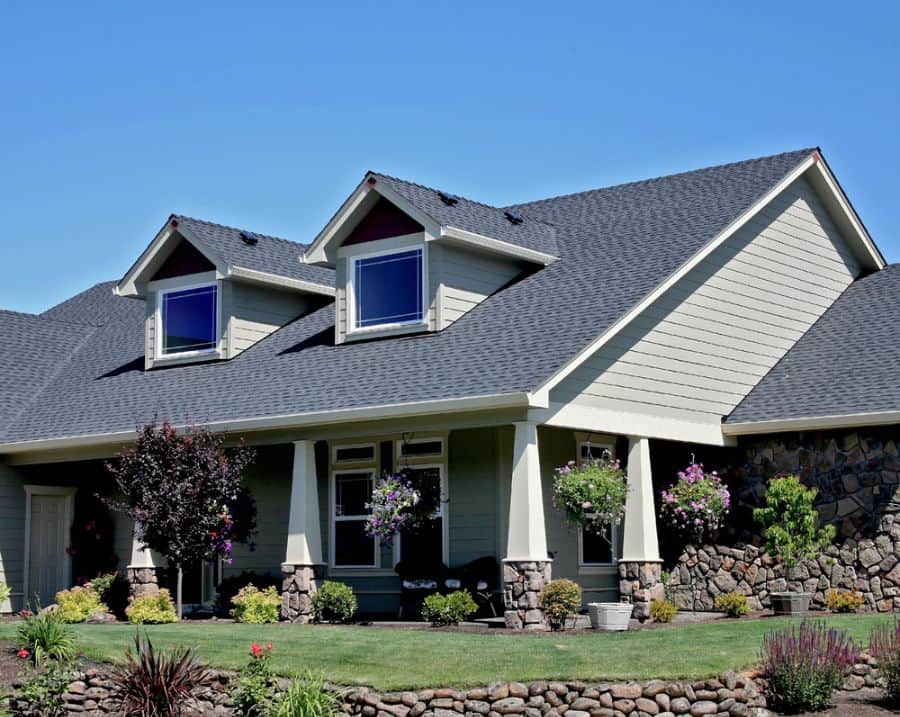

4. Enhancing the Interior
When it comes to the interior of your Craftsman, it is common to continue with the simple, nature-embracing design. Both architecture and interior design ideas can embrace this clean, hand-crafted idea with materials, paint, and more.
The architecture of a Craftsman home’s interior is similar to the basic ideas of its exterior; exaggerated details become focal points, created from local materials. They can include built-in wooden bookshelves and window seats, wide trim around windows or doors, and stone or brick fireplaces. Fun details like stained glass can be commonplace as they are often hand-made.
The paint used within a Craftsman house often compliments these eye-catching details. Common colors are white, brown, and green. These colors make materials like wood, stone, and brick pop and stand at the center of attention. Furniture continues this idea, consisting of simple shapes but embracing the idea of coziness.

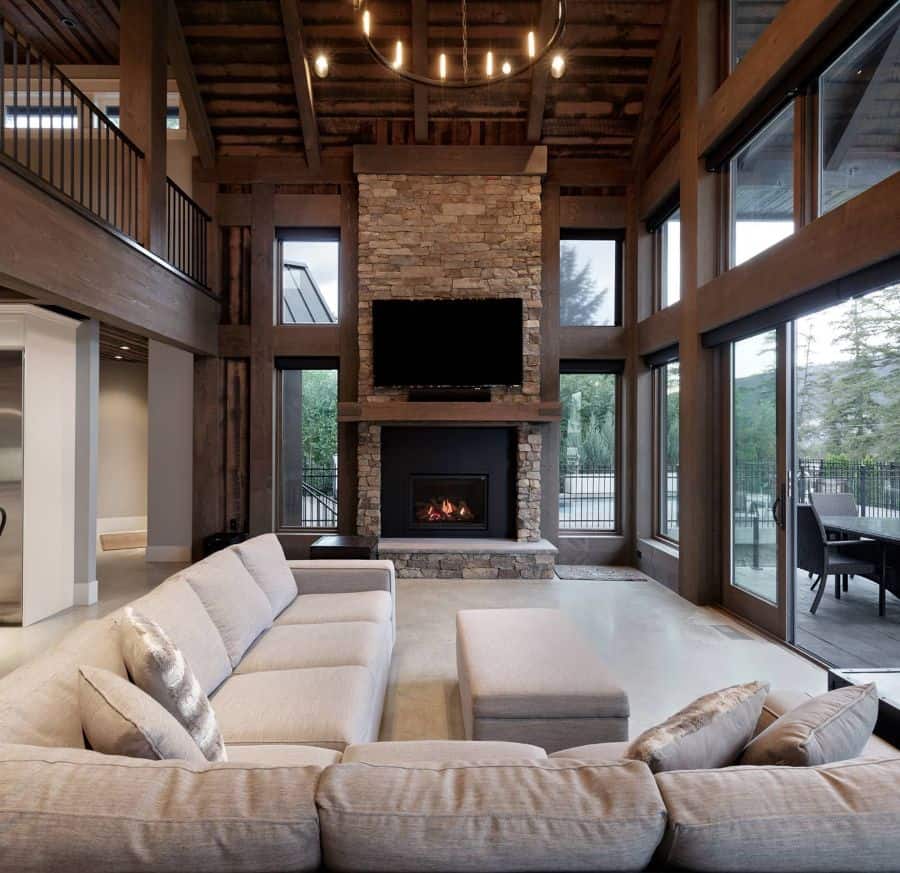
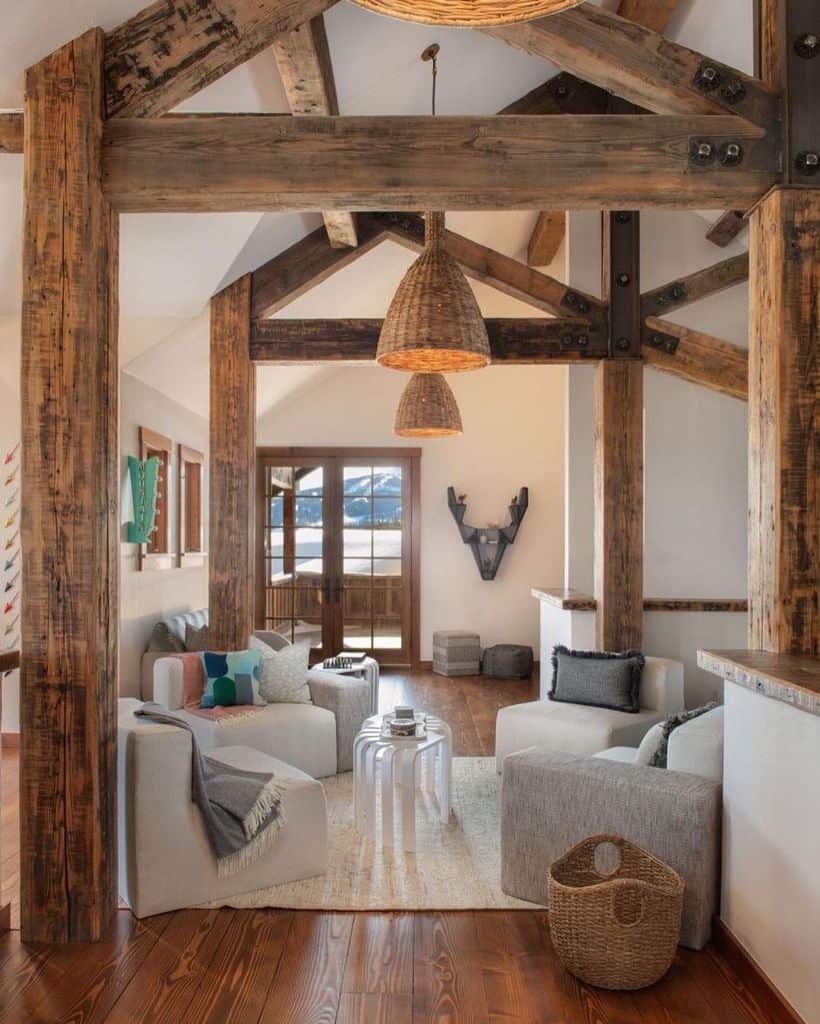
5. Finishing Ideas
While Craftsman style homes often stick with local resources like wooden shingles, stucco, brick, and others, you can stick with traditional siding materials or try branching out to new materials.
Shingles can either show off the true wood palette of various kinds like pine, cedar, and redwood or be painted in colors like greens, browns, and grays. If you like the look of wood but don’t like the upkeep, consider engineered wood that is cheaper to buy and easy to install. Stucco can also come in a variety of colors and textures while stone veneer can look just as good as natural stone but cheaper to install – even if it’s not as weather combatant as its natural relative.
Fiber cement is an excellent option if you worry about bugs and other pests. Aluminum siding is common for those who live on the coast. It looks great and you can spruce it up with a coat of paint.
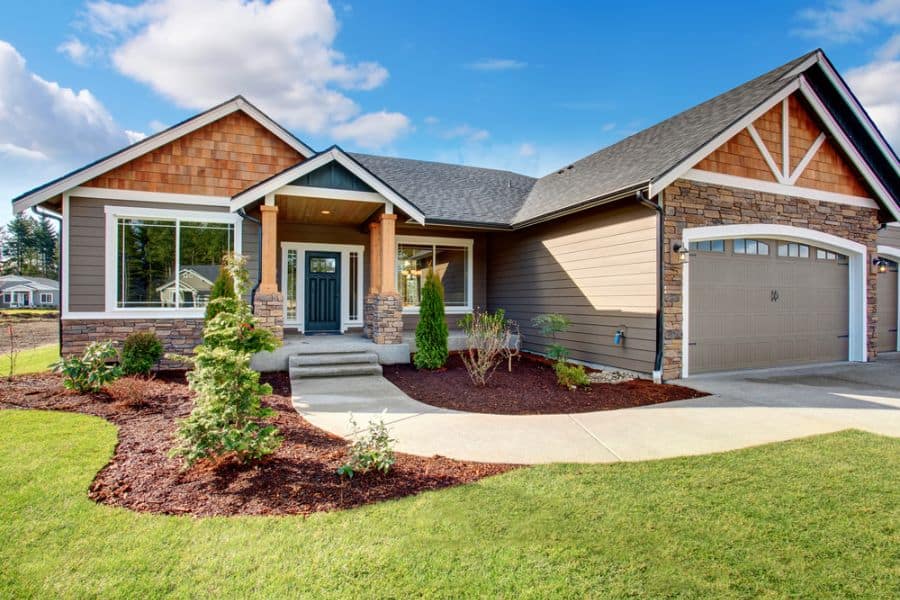
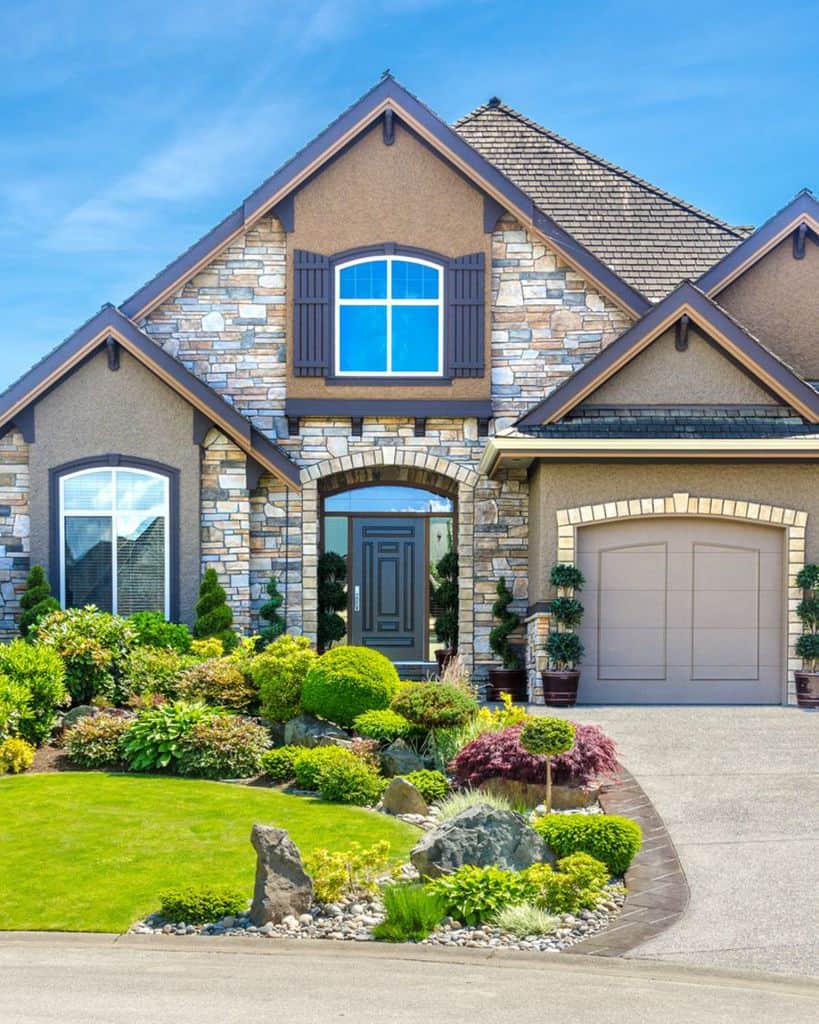
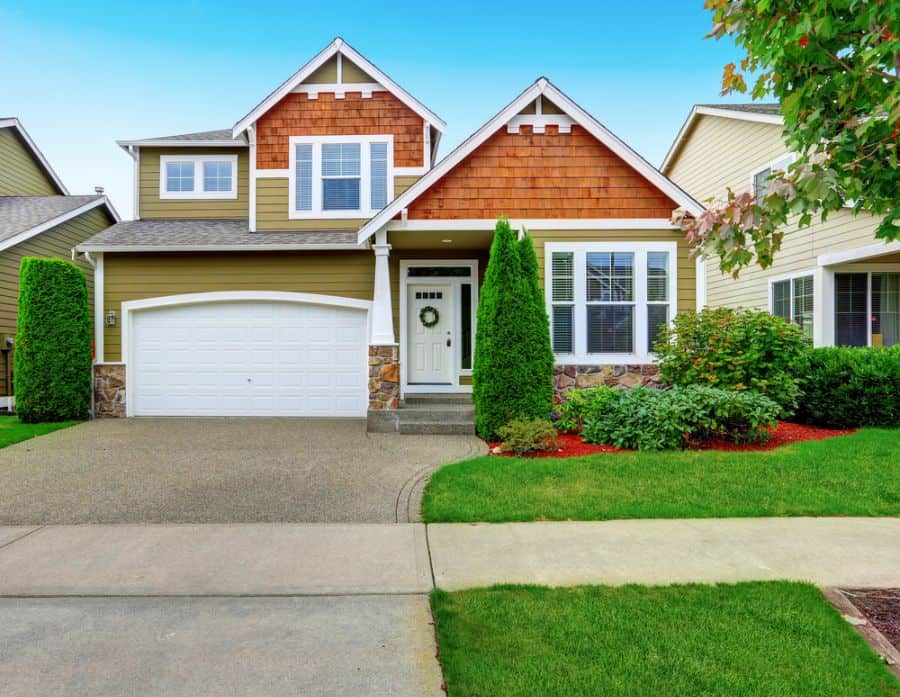
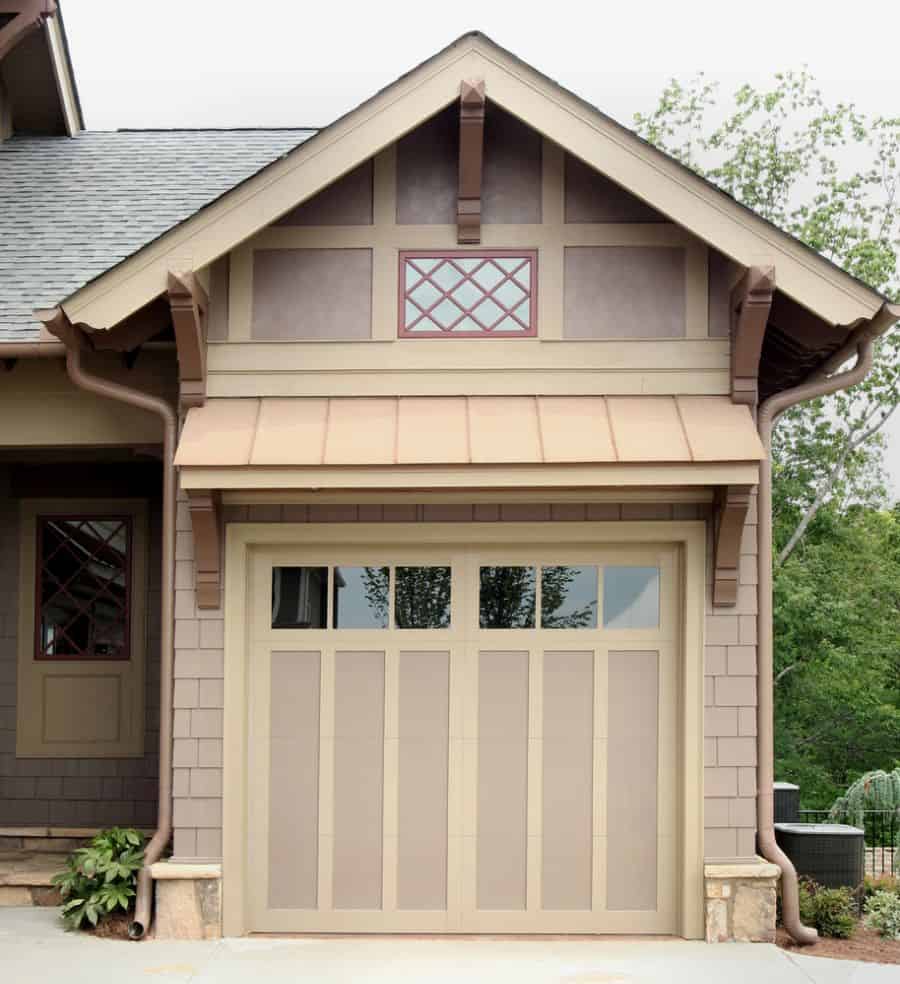

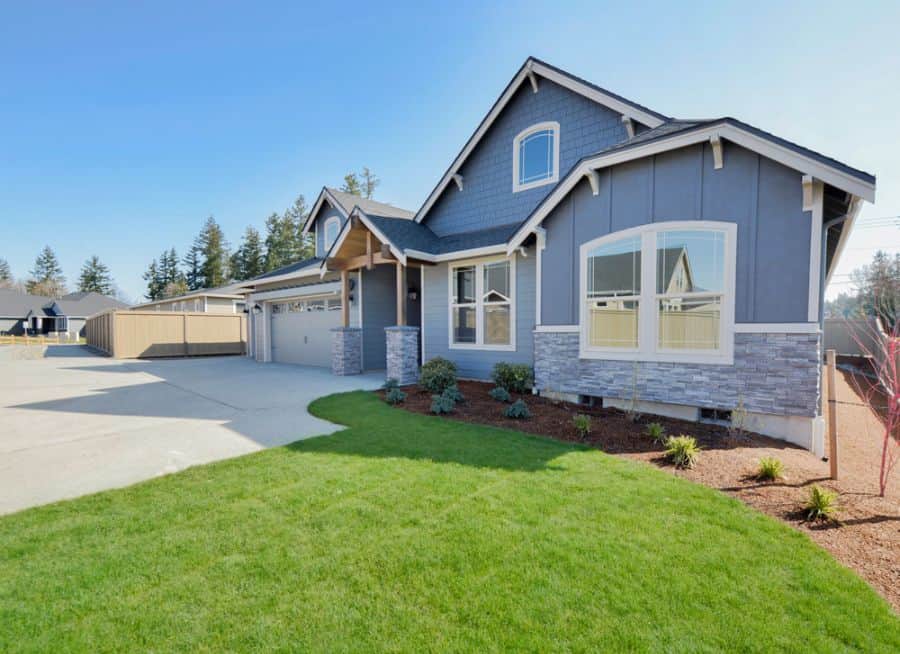
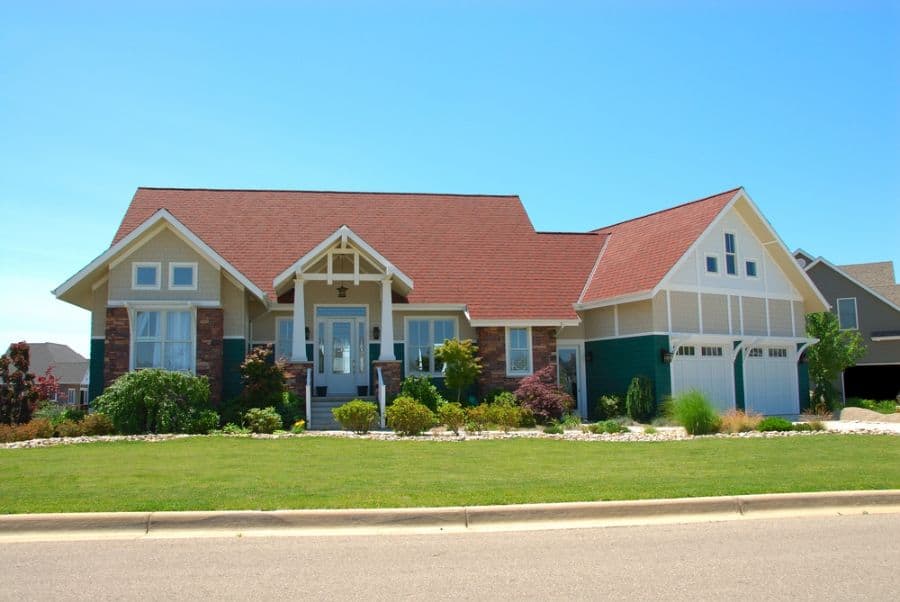
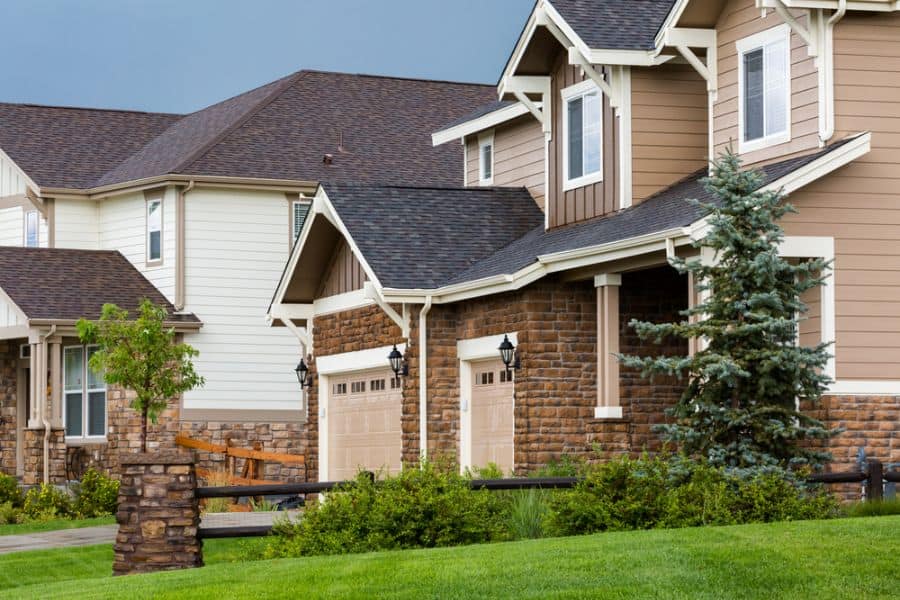

6. Incorporating Knee Brace Designs
Knee Braces are a common Craftsman feature, but you might be wondering what they are. Knee Braces take on both form and function when it comes to architecture as they are diagonal supports between two right-angle planes to strengthen their support. They can also be gable or eave brackets.
There can be multiple knee braces on a house. When it comes to decorating them, it’s up to you if you would like them to blend in or stand out. If you would like them to blend in with your house, paint them the same color as your trim. This can be a color that stands out from the paint or material siding of your house. If you would like them to stand out, you can paint them a different color from your siding or trim for a clever accent.
You don’t have to paint knee braces at all, however. If you prefer a natural wood color, choose a finish for them that will make them stand out from the rest of your house colors but be safe from the elements and bugs.
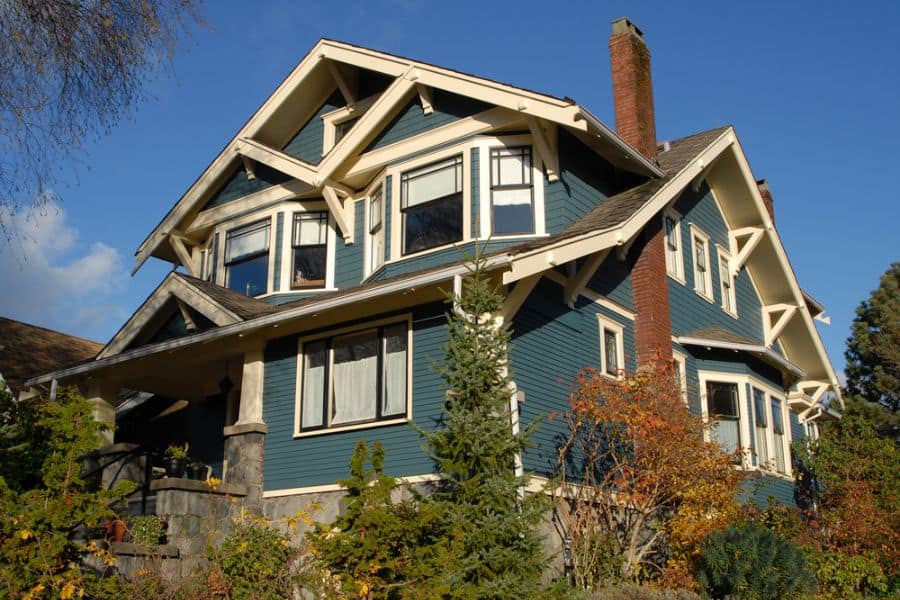
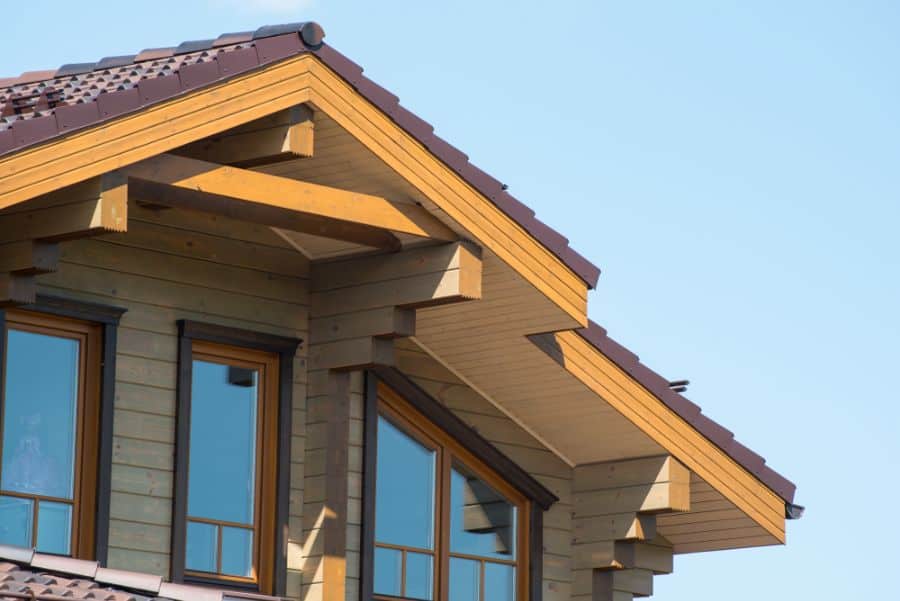

7. Innovative Design Ideas
A design of yesteryear combines the styles of today with the modern Craftsman home. This home style allows for varied and vast ideas of what Craftsman means in the 21st century. While there are plenty of similarities, including gables, eaves, and materials like brick and stone, there are just as many modern ones that stand out.
Modern paint usage can make these homes stand out like accents on gables and eaves. Multiple materials like aluminum give a more 21st-century look. There are many more variations and choices when it comes to the contemporary Craftsman house look. This results in a variety of unique and individual designs.
Choosing what you want in a home allows you to create your own unique space. If you love the classic look of a Craftsman but have no interest in creating a home that looks like it’s from yesteryear, choose more modern materials that are not traditional to the design. This will keep your home classic yet relevant.
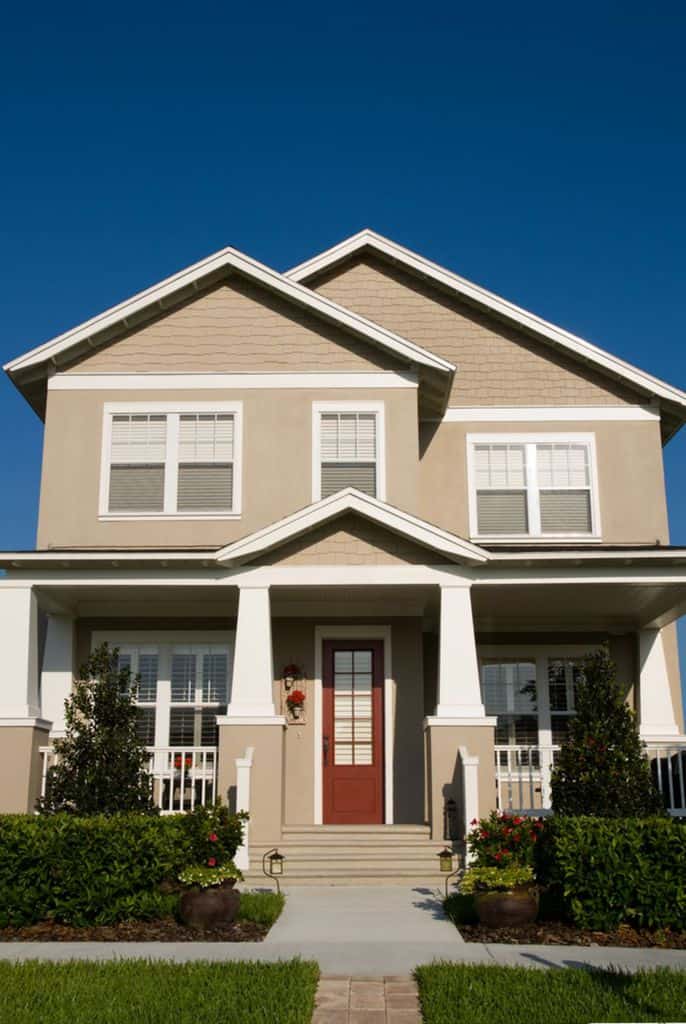
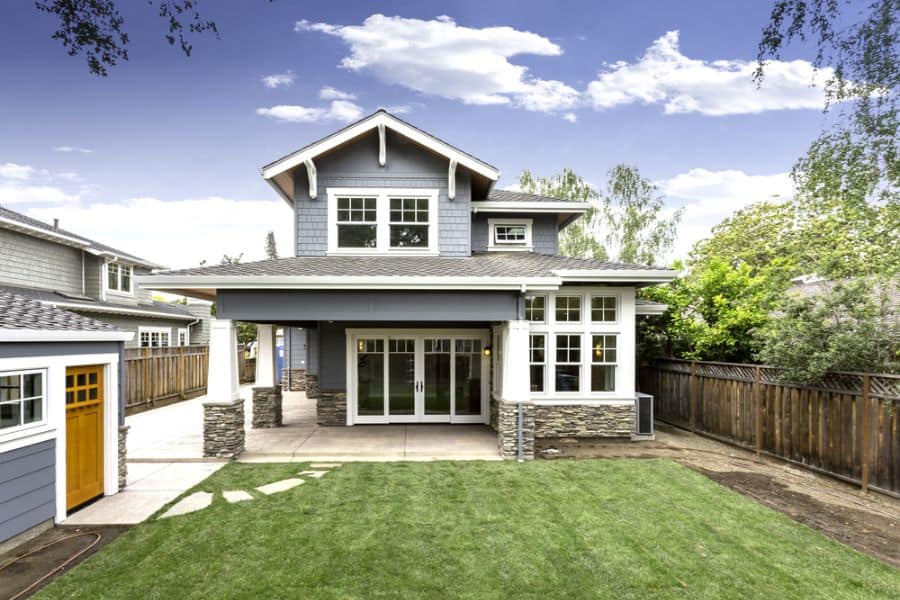
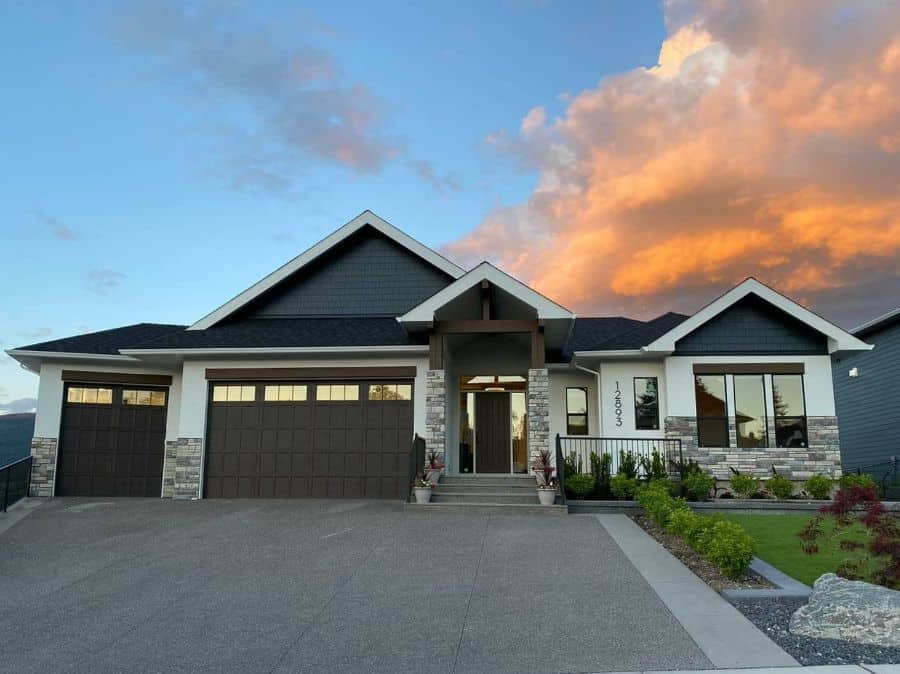
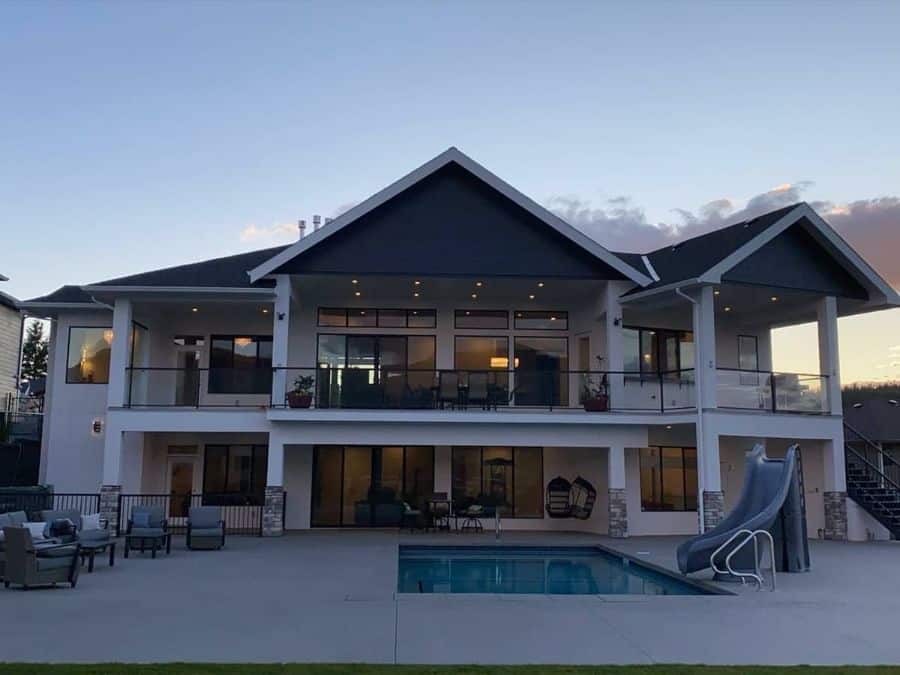
See more about - 122 Small Porch Ideas
8. Embracing Depth and Dimension
A Craftsman home doesn’t have to be only one or one-and-a-half floors. Lovers of the Arts and Crafts style should feel free to build a Craftsman house two or more stories tall.
Some Craftsman houses even start their standard floor on the second level or include a basement. Consider adding a garage under the first floor for more space in both the garage and the home. As it works with the land (especially hilly areas), your Craftsman will go back to its roots of embracing the local environment while appreciating a modern design.
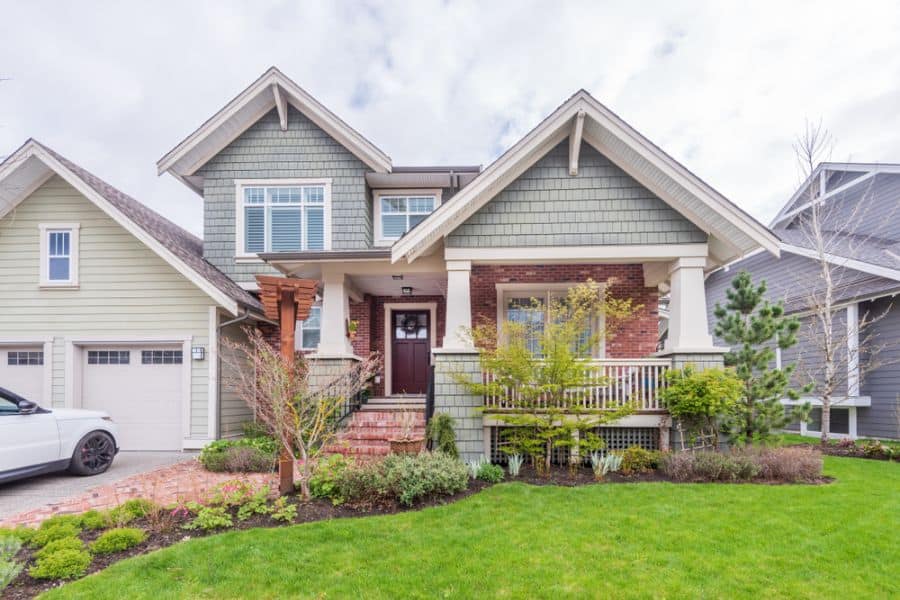
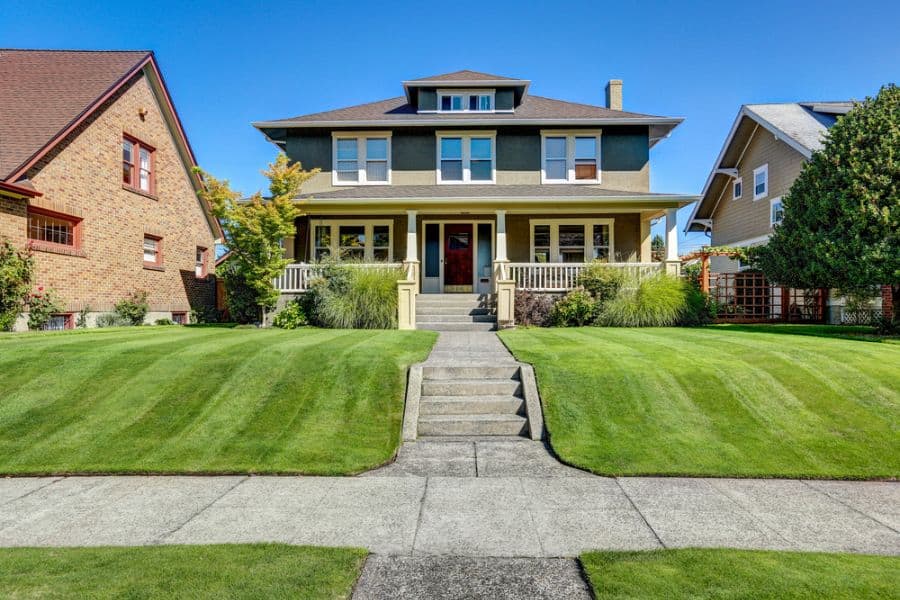
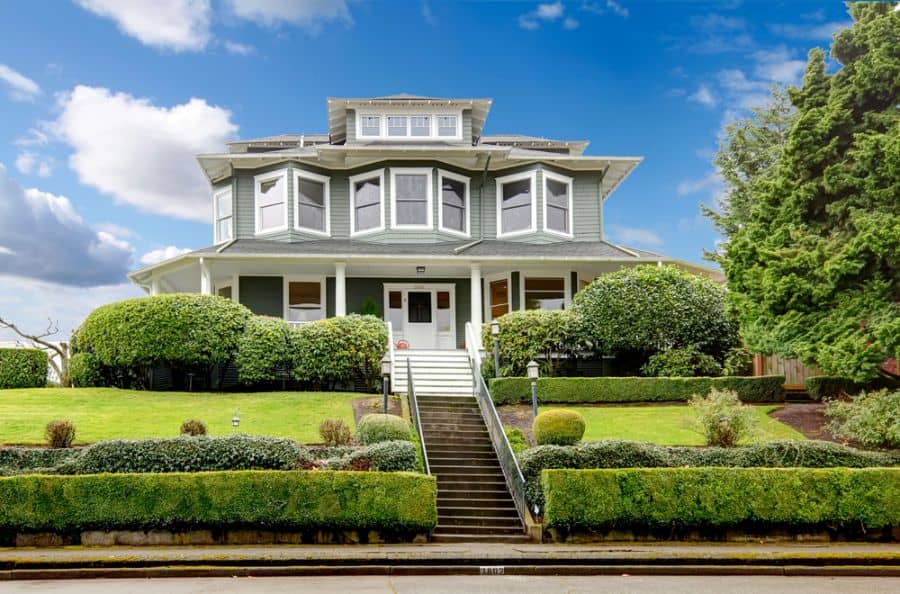
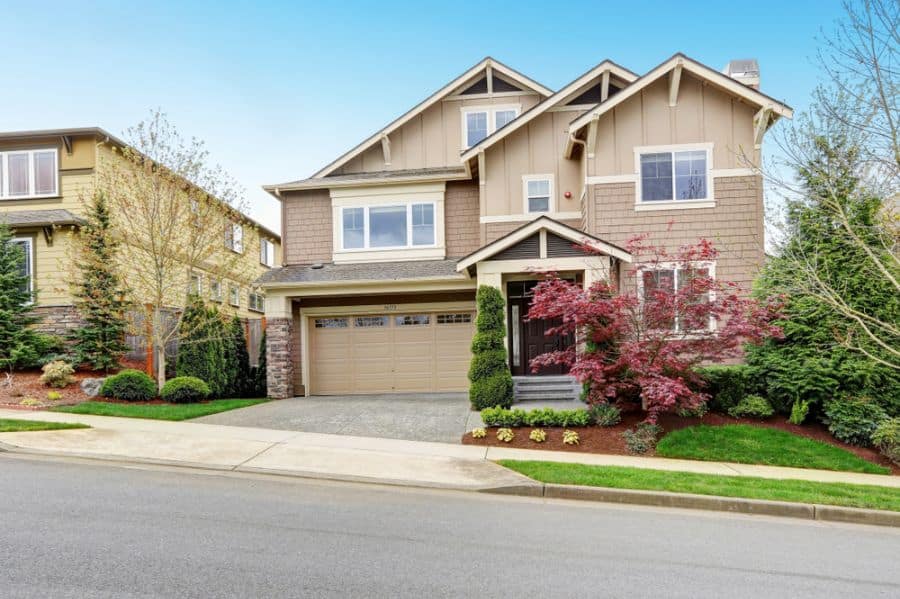
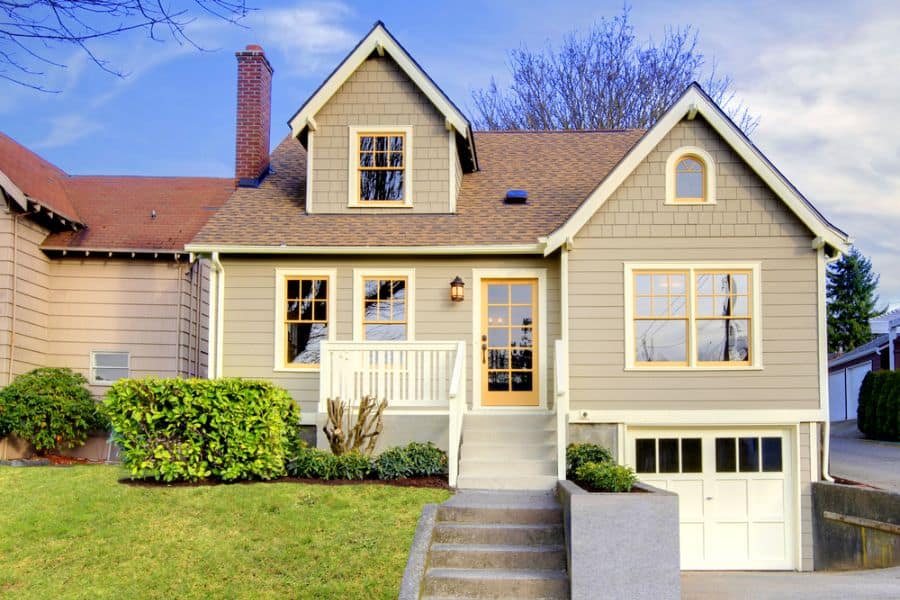
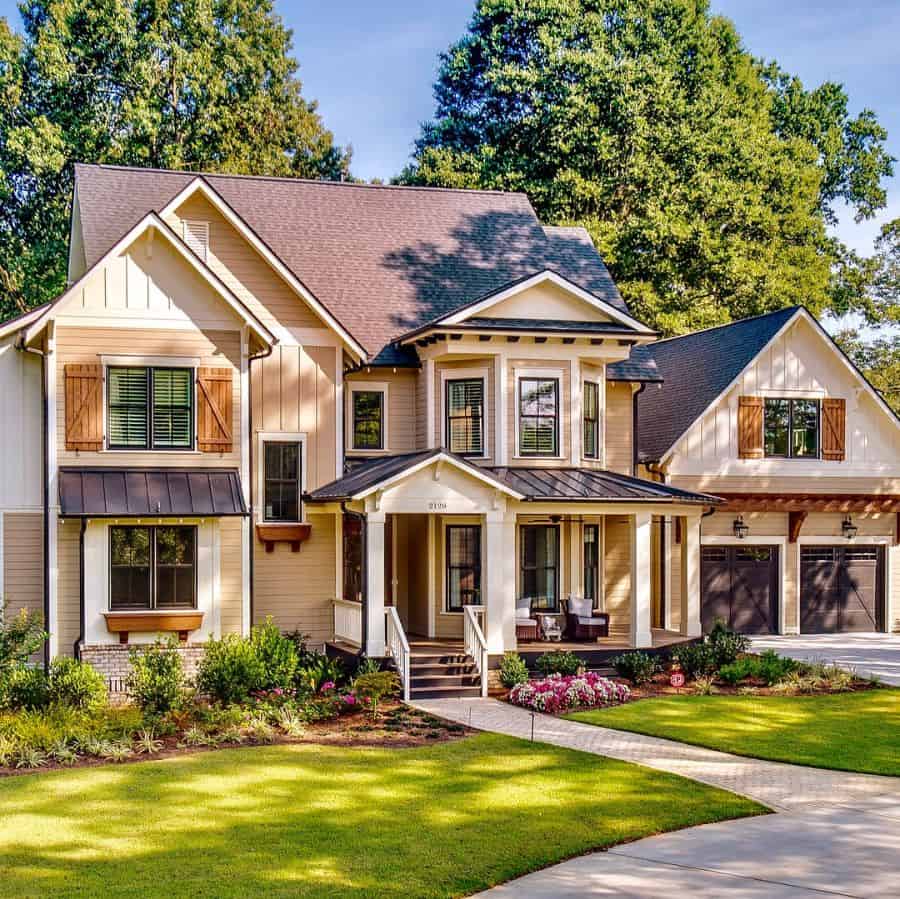
9. Adding Color and Charm
Paint can add some unique touches to your Craftsman home. Traditionally, paint colors circled around natural choices like browns, whites, and greens. Today, it’s common to see houses branch away from the traditional color palettes–especially if the Craftsman has a mountain style, modern style, or farmhouse style.
There are plenty of options when it comes to painting. You can either stick with one color across a variety of materials or embrace a two or three-color design. Color palettes now take on reds, blues, and more for a house that reflects your personality.
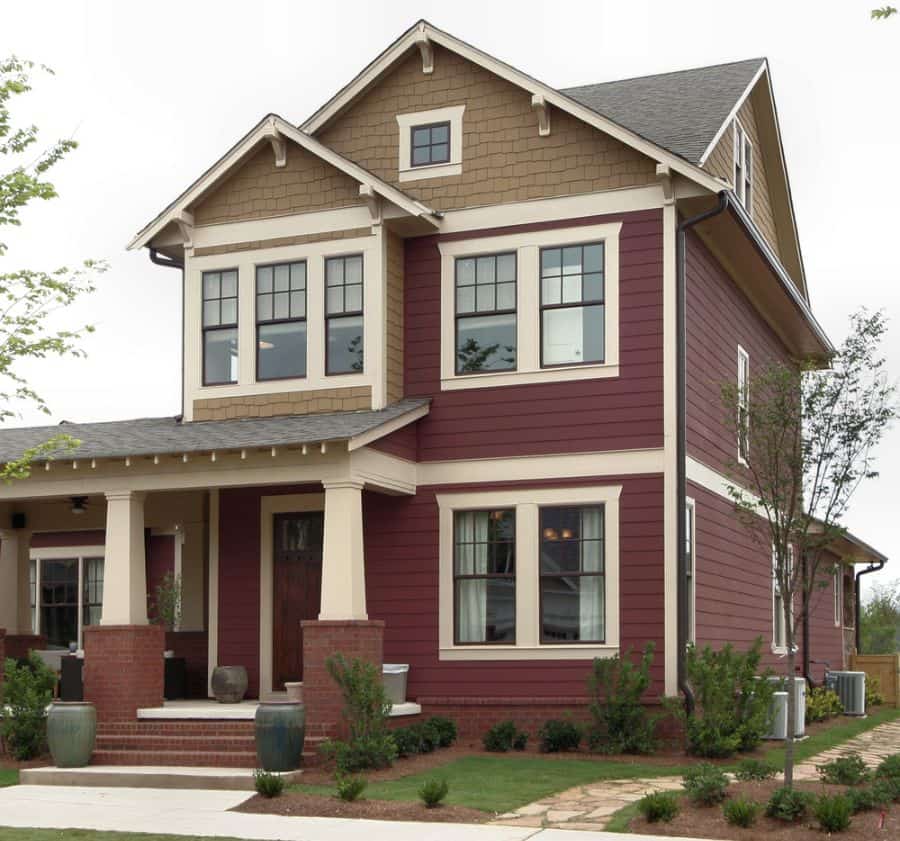
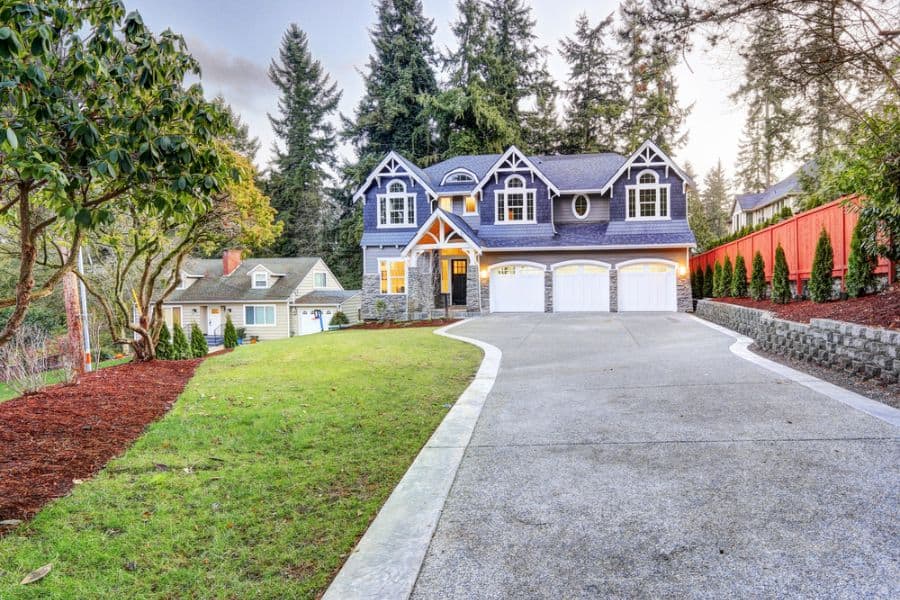
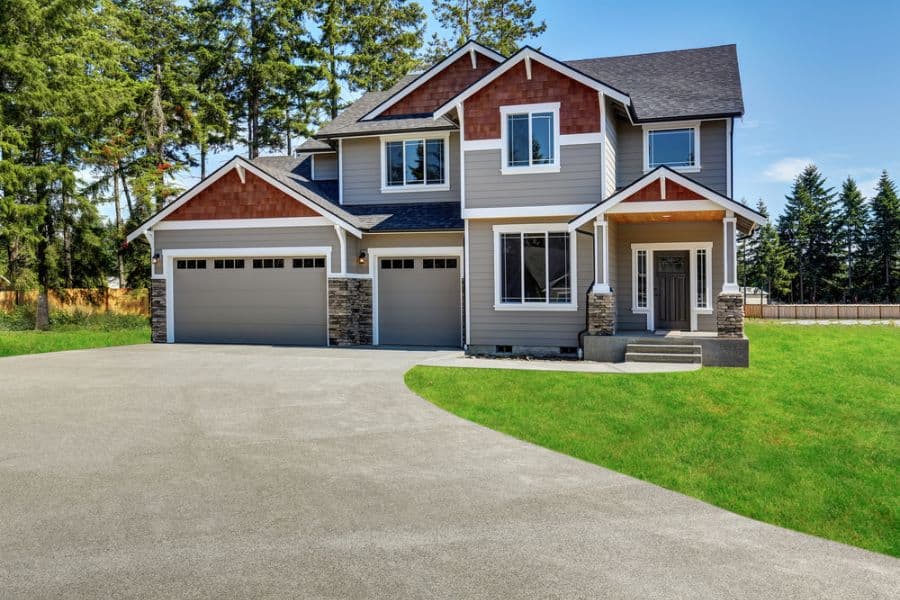
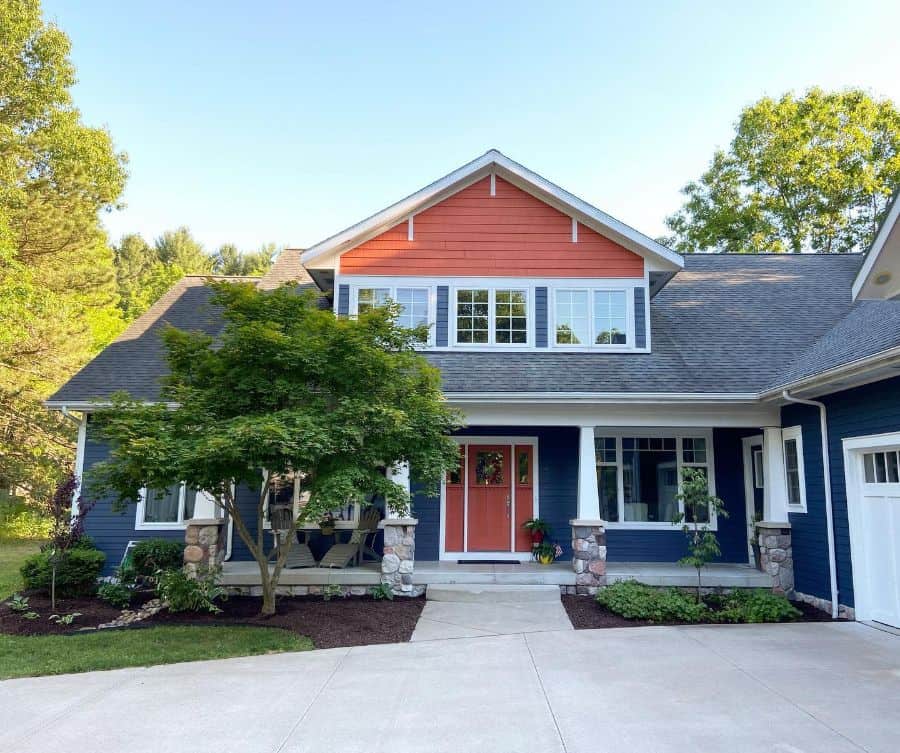
10. Welcoming Outdoor Spaces
Covered porches are a common trend in Craftsman homes. But how can you make this design unique to your style? Decorate the area with comfortable outdoor furniture that can weather any storm or climate change. Choose wrought iron or wooden furniture to embrace the classic Craftsman design.
If you’re worried about keeping the bugs out, invest in putting in screens between your columns. Want a more secluded retreat? Hang up heavy-duty outdoor curtains to create a romantic space. Bring your favorite sun-loving flowers and plants indoors like lantana and marigolds. By taking care of your porch, you can create a space just for you.
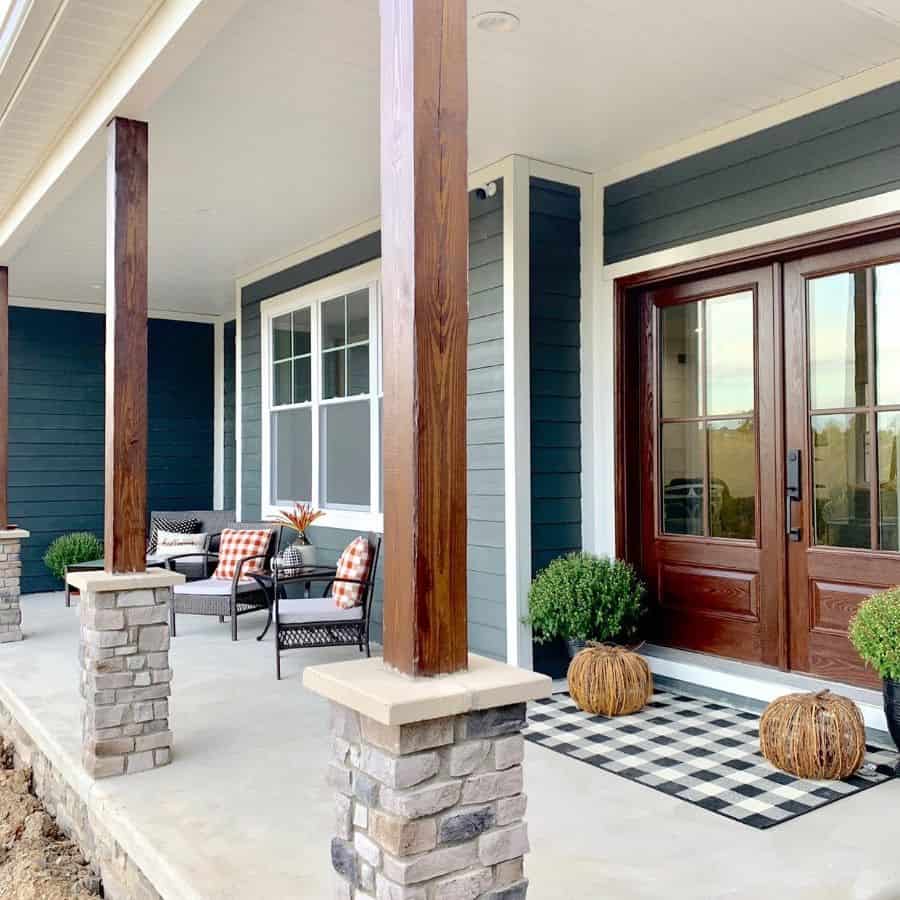
11. Rustic Touches
While commonly found in midcentury suburban neighborhoods, Craftsman homes can lend themselves quite well to the rustic aesthetic. Rustic styles embrace the adventurous side of the wilderness. Combining it with the Craftsman house plan makes for a welcoming home with a fairy-tale cabin feel.
Rustic Craftsman homes embrace the use of timber frames and stone fireplaces that mark rustic designs. Rough-hewn wood and stone are also details that you shouldn’t overlook, as well as outdoor fireplaces for chilly nights.
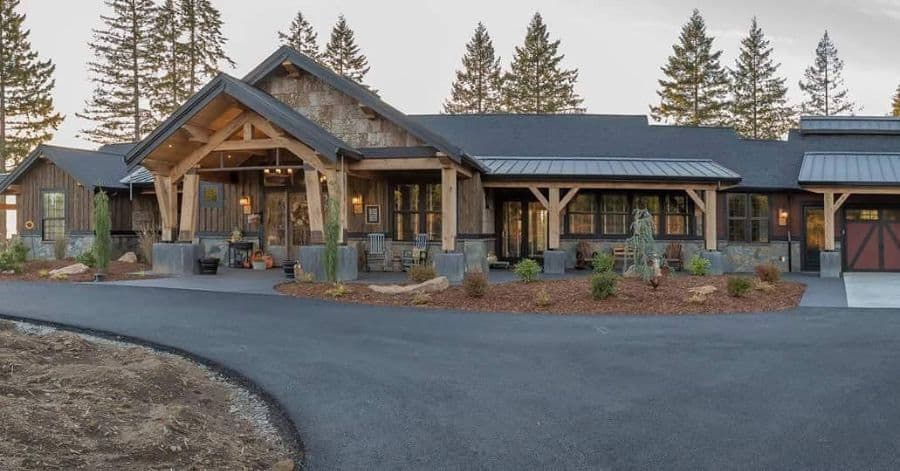
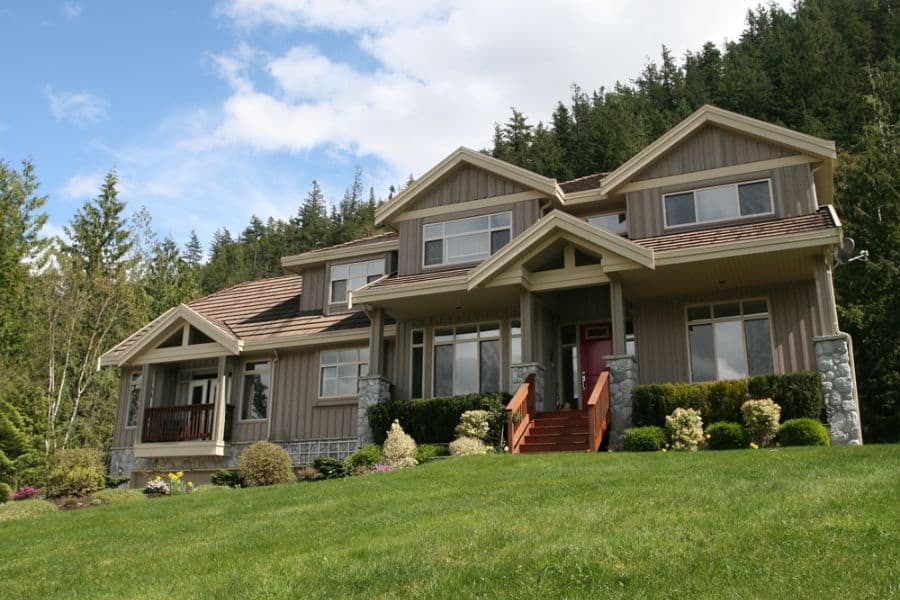
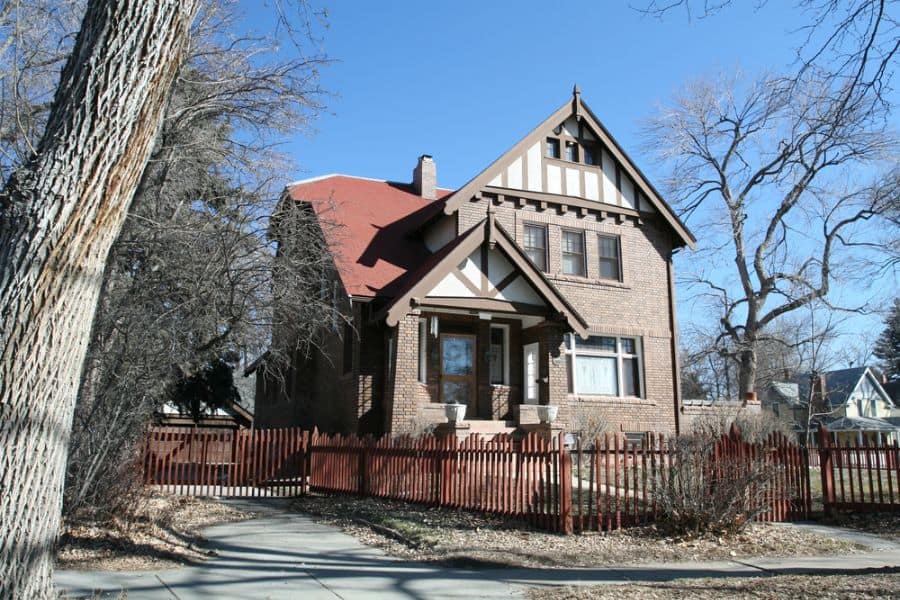
12. Timeless Beauty in White
We love a white Craftsman house. They are classic, bright, and simple in the best ways. White brings out the natural color of the wood and can help other colors pop. Farmhouse Craftsman lovers will appreciate using a white exterior that can make their red front door stand out.
Try pairing a white exterior with color details to make your house shine like black iron windows or engaging materials like shingles or stone. Going for a full monochrome look is also very classic and will create a smooth look for your house.

13. Craftsman Charm
Woodwork is a staple when it comes to American Craftsman-style homes. It can be anywhere from the exterior to the kitchen, thanks to the appreciation of hand-crafted details. On the exterior, you’ll find woodwork in decorative columns, eaves, gables, knee braces, and more. Inside, woodwork can be anywhere from prominent trim details around doors and windows or built-in bookshelves or window seats.
Appreciate and protect the natural material in your home by treating it with a stain or varnish that will make the wood grain stand out from simple grays, whites, and greens.
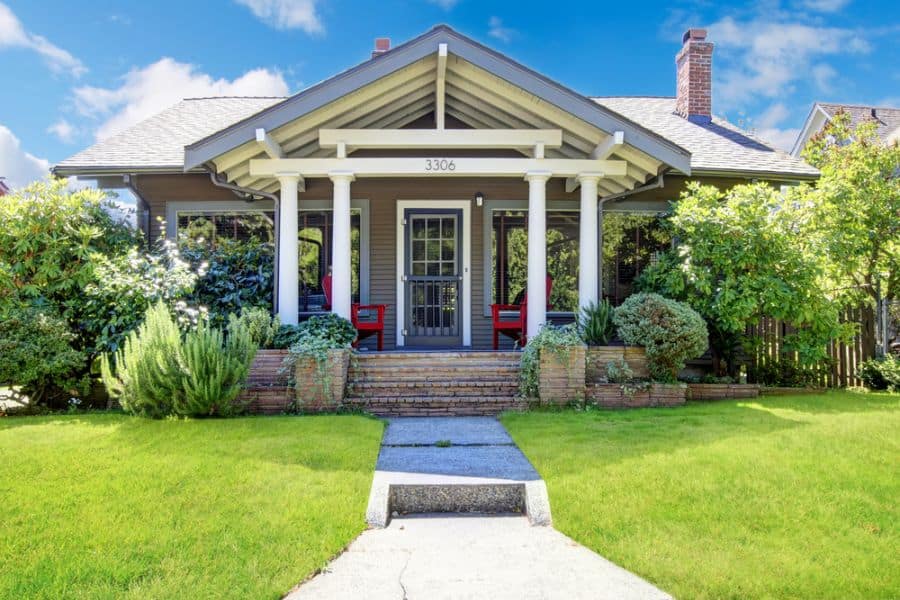

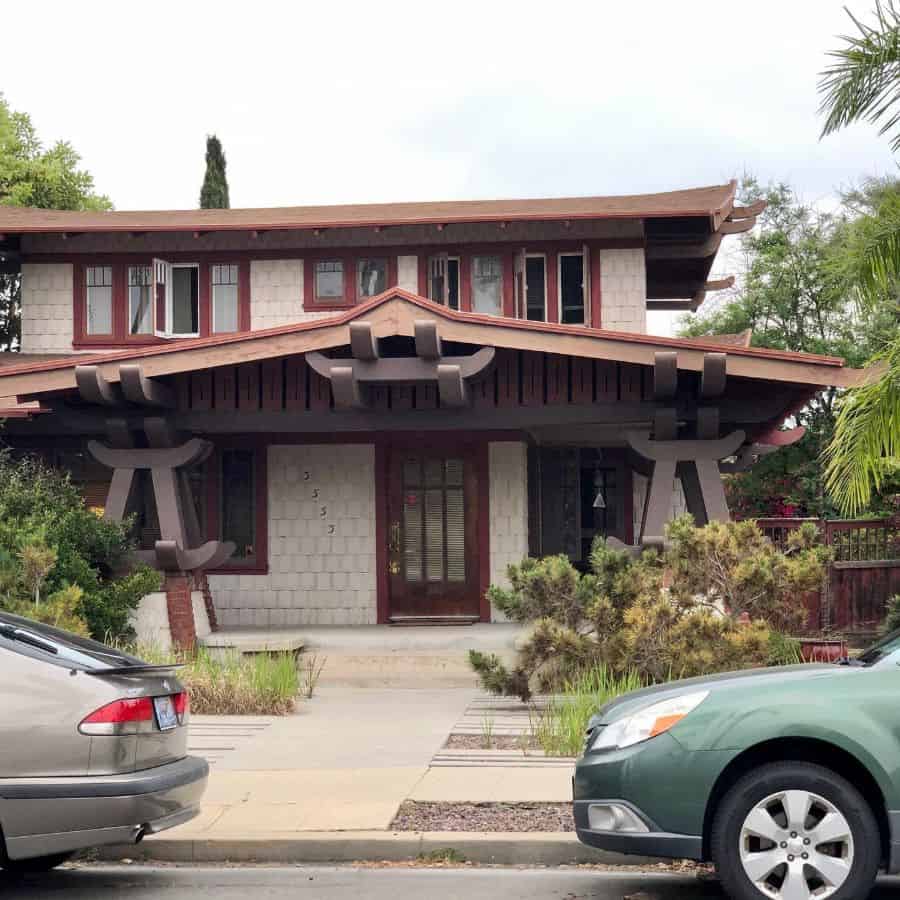
14. Embracing Nature
If you have a love for the mountains, look towards the Craftsman mountain house style. Like the Craftsman style, this type of design brings the mountains to your home with unique materials that fit the landscape.
These creations can often be larger than traditional homes and also have very large windows that look out to the mountains or across the land.
Try showing off the wood’s natural grain by layering it on the exterior of the house or even on the garage doors for some eye-catching details. If you prefer color for your exterior, try painting your Craftsman mountain house deep greens or dark grays that remind you of evergreen trees and mountain bases.
Want to go in a unique direction? Try combining different house colors and materials for a standout exterior that will reflect the land.
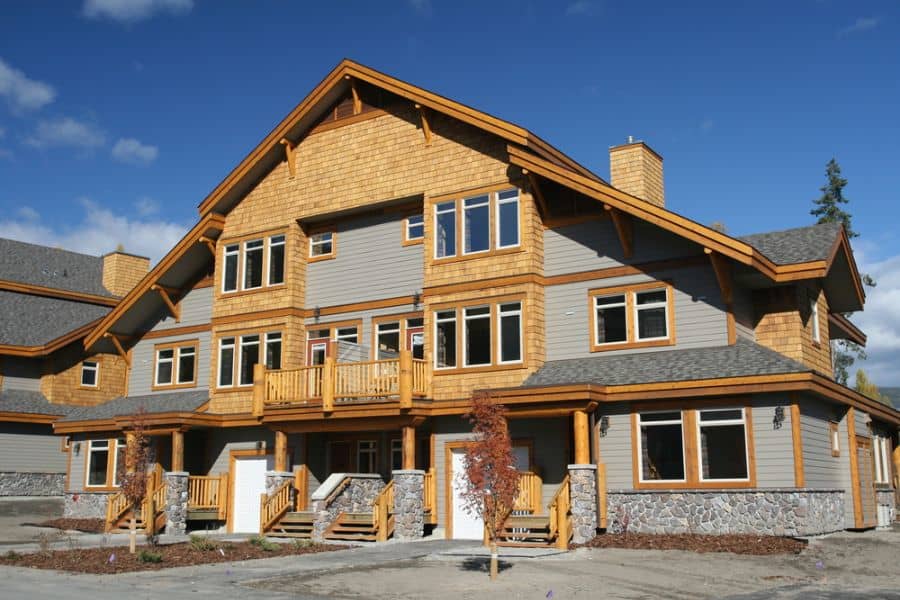

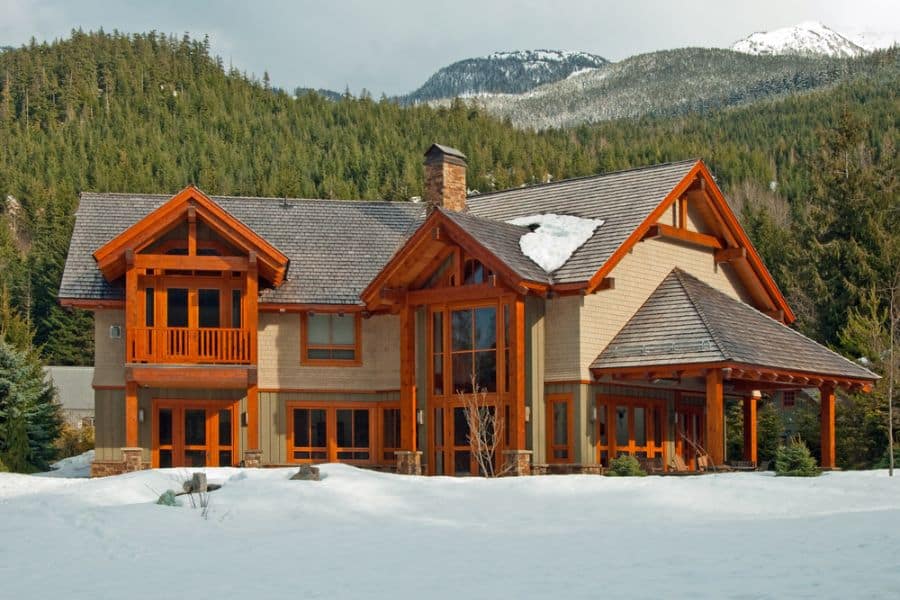
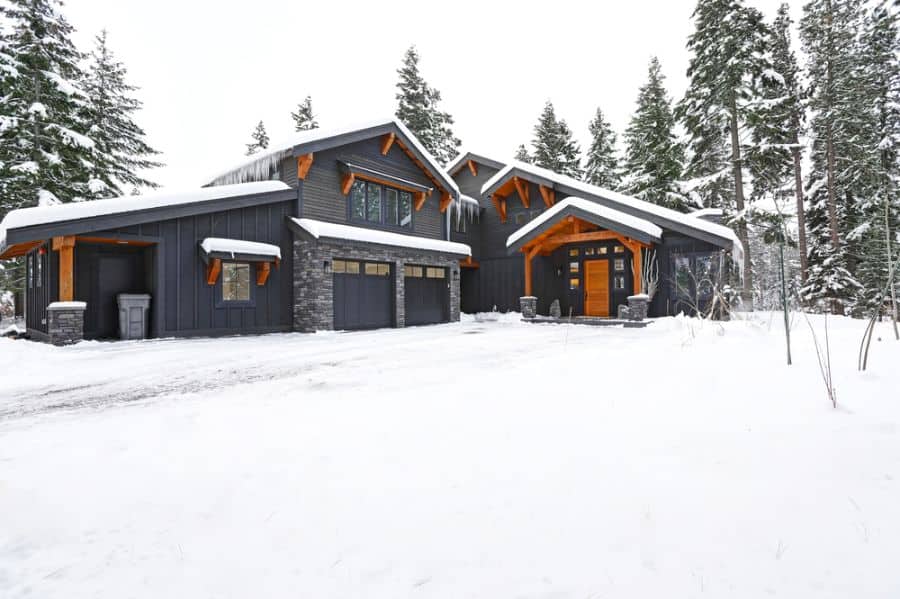
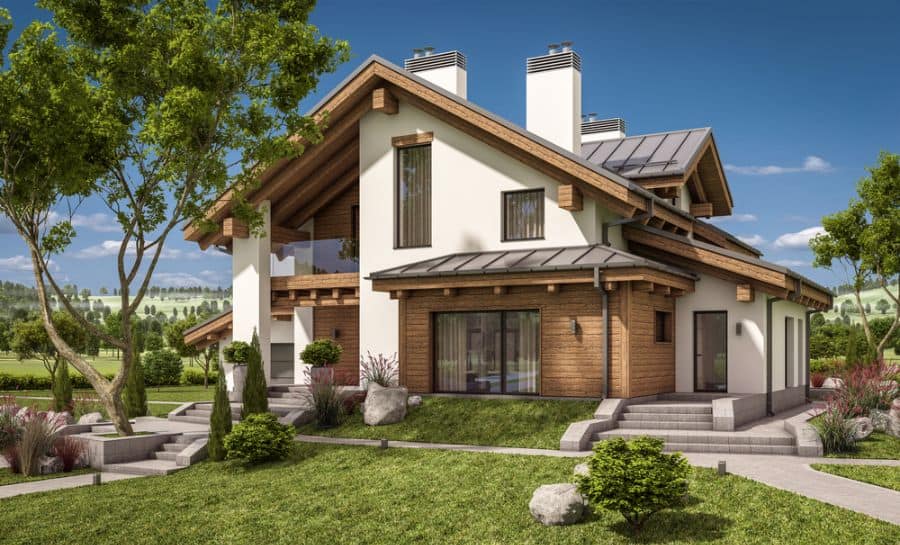
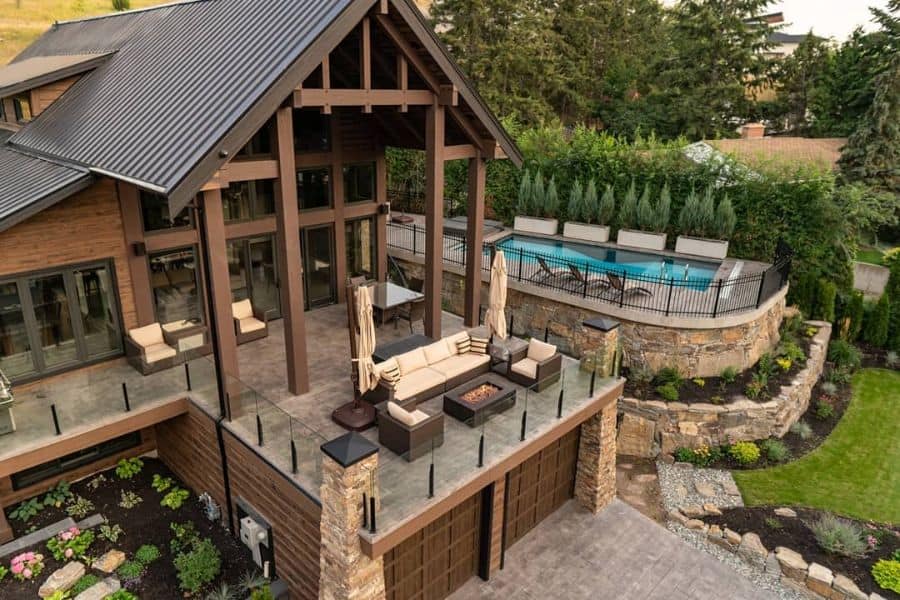
See more about - 26 Different Types Of Houses
Craftsman Style Home FAQ
Craftsman style houses include earthy color palettes, gabled roofs, and overhanging eaves, dormers, and covered porches. They also include artisanal decorations like exposed beams and iron and woodwork, fireplaces, and modest, cozy interiors. Other wooden details can include thick trim, built-in bookshelves, window seats, and boxed beams.
The Craftsman style emerged in the early 1900s in response to the highly-detailed Victorian style. While the Victorian style embraced mass-produced pieces that showed off the ability of factories, the Craftsman style celebrated the creativity of the individual and hand-made products.
The terms “Craftsman” and “bungalow” are often used interchangeably or even together. Craftsman refers to the Arts and Crafts movement that inspired the type of architectural or interior style. Bungalow refers to a house or building that originated in 18th-century India that use to house British colonial authorities. Craftsman bungalows are a possibility when considering buying or building a Craftsman-style home.



